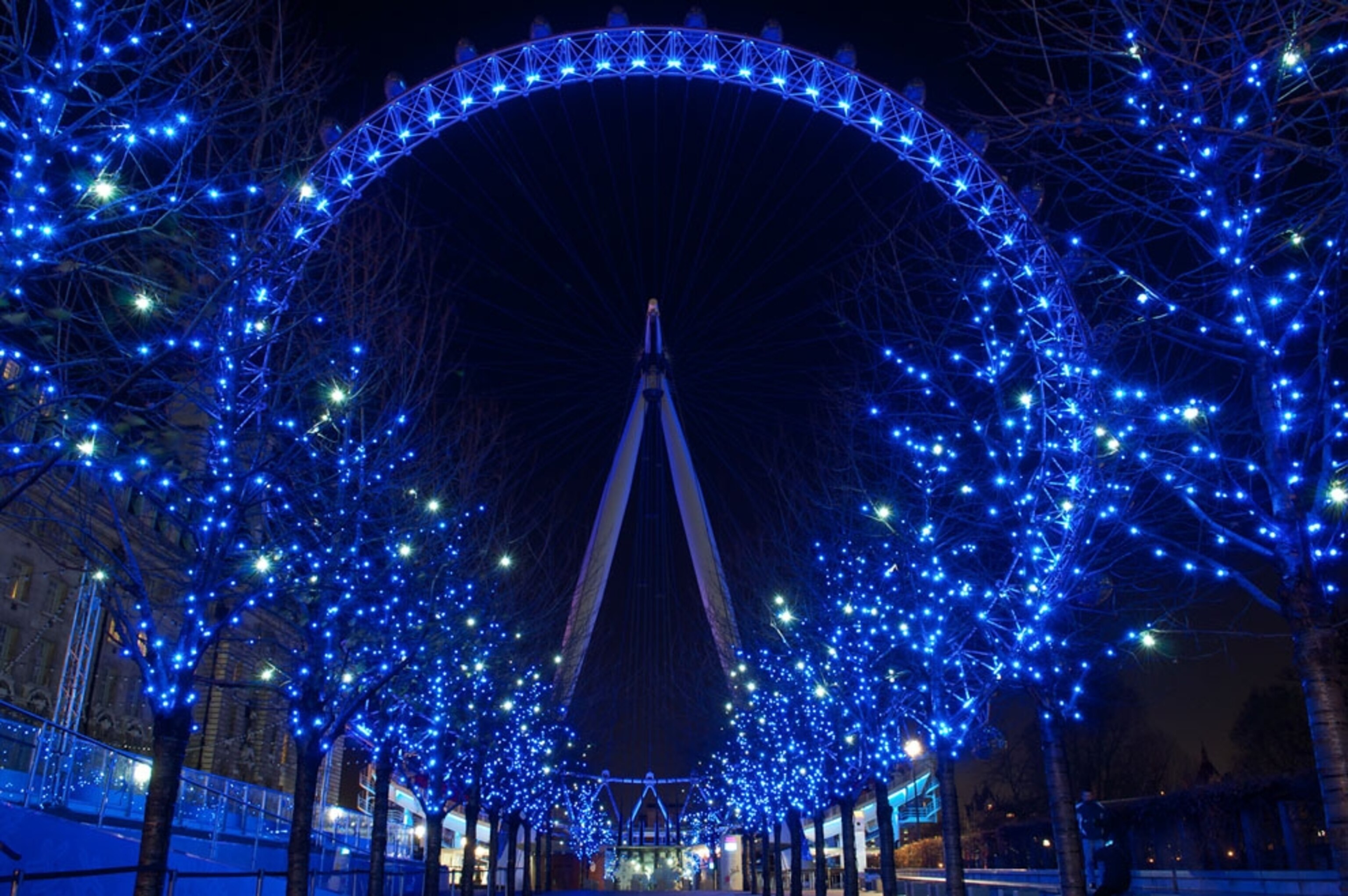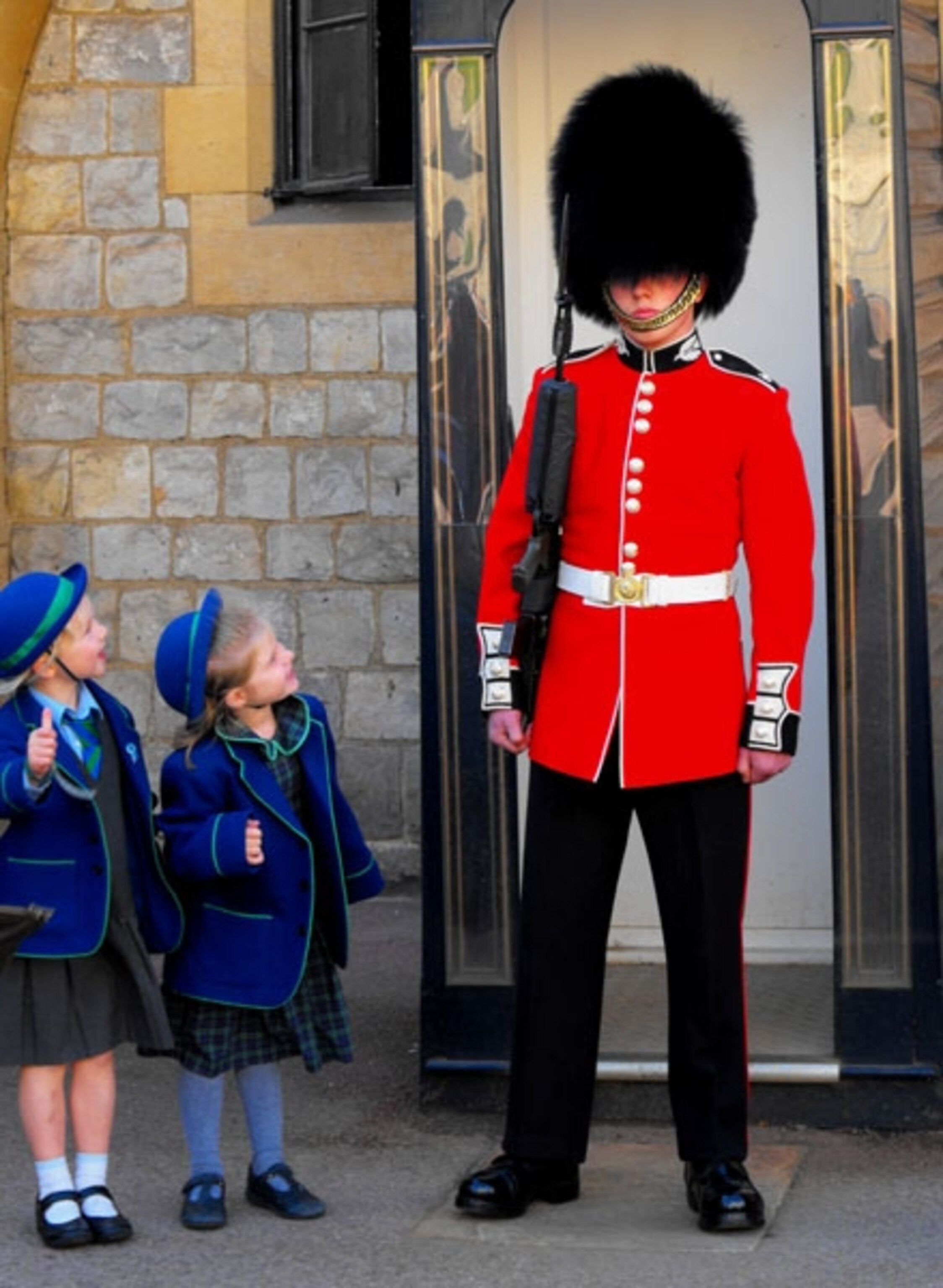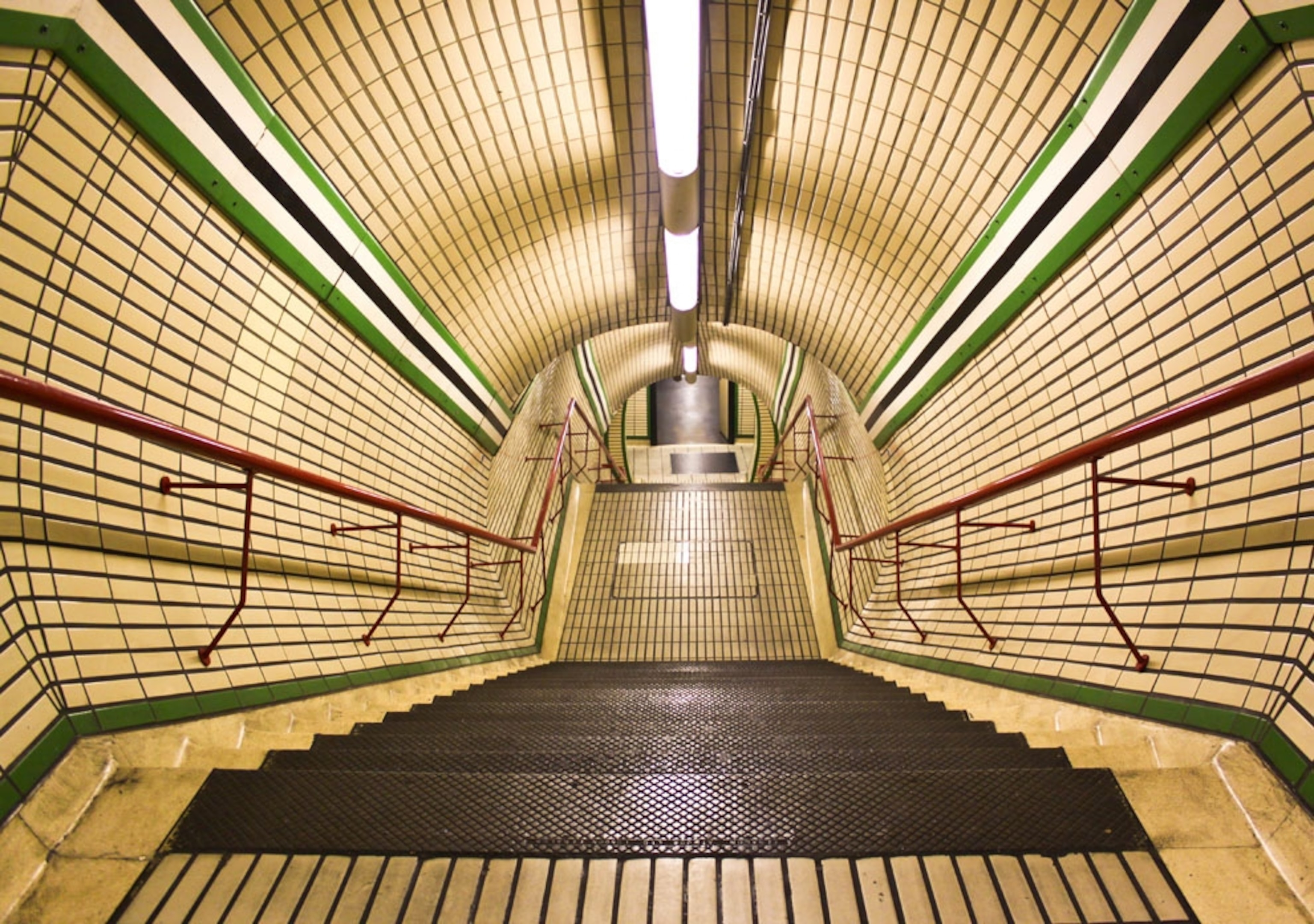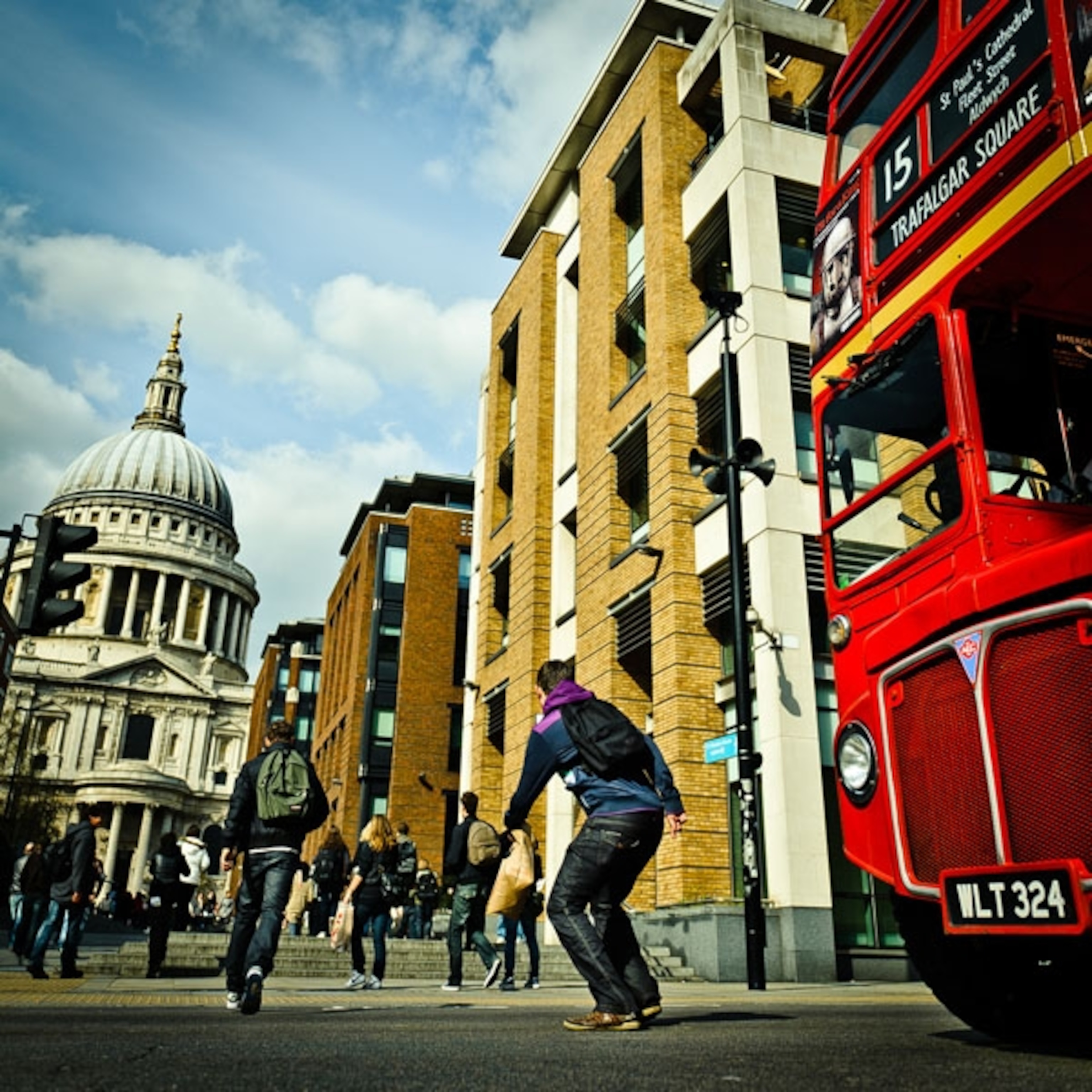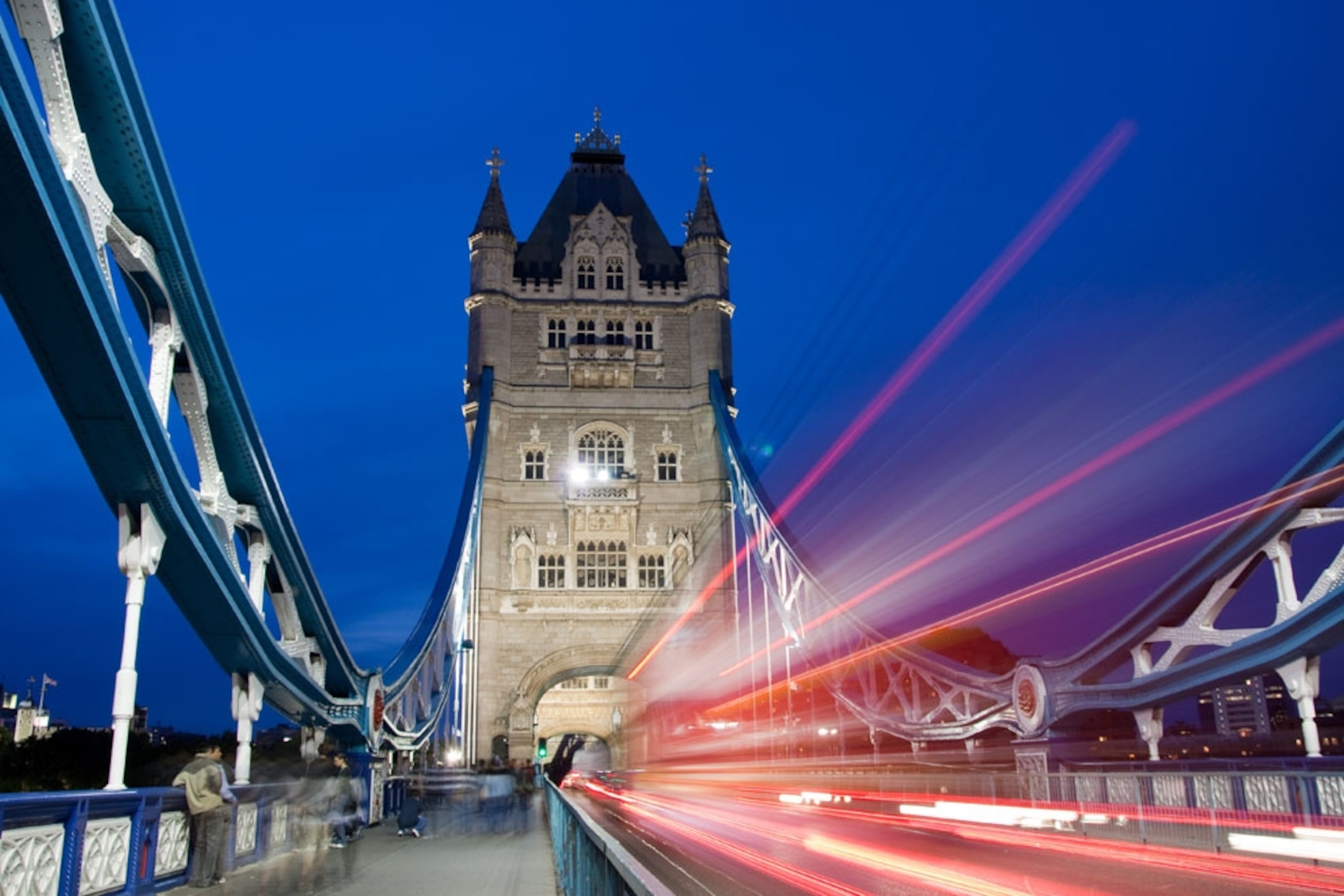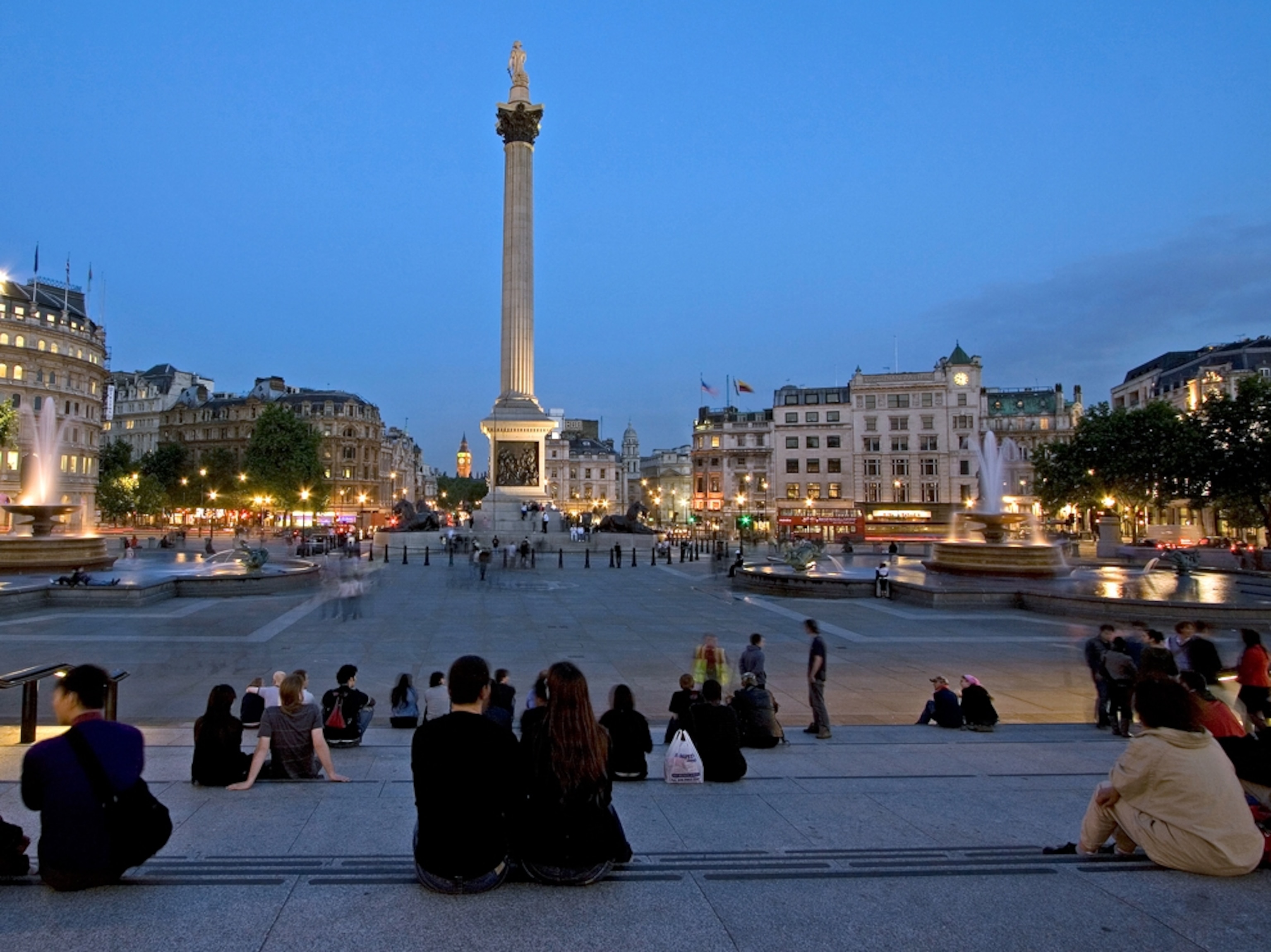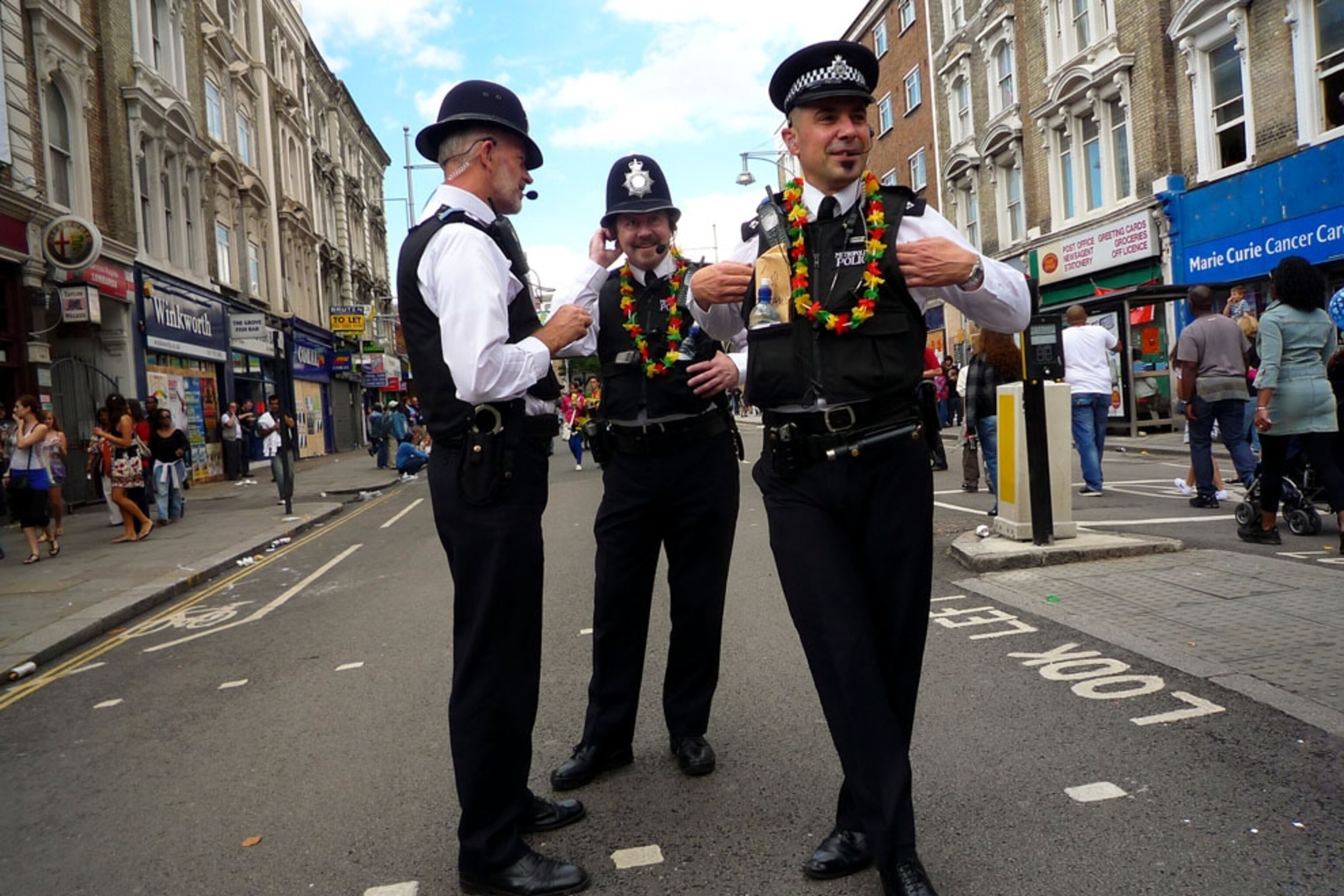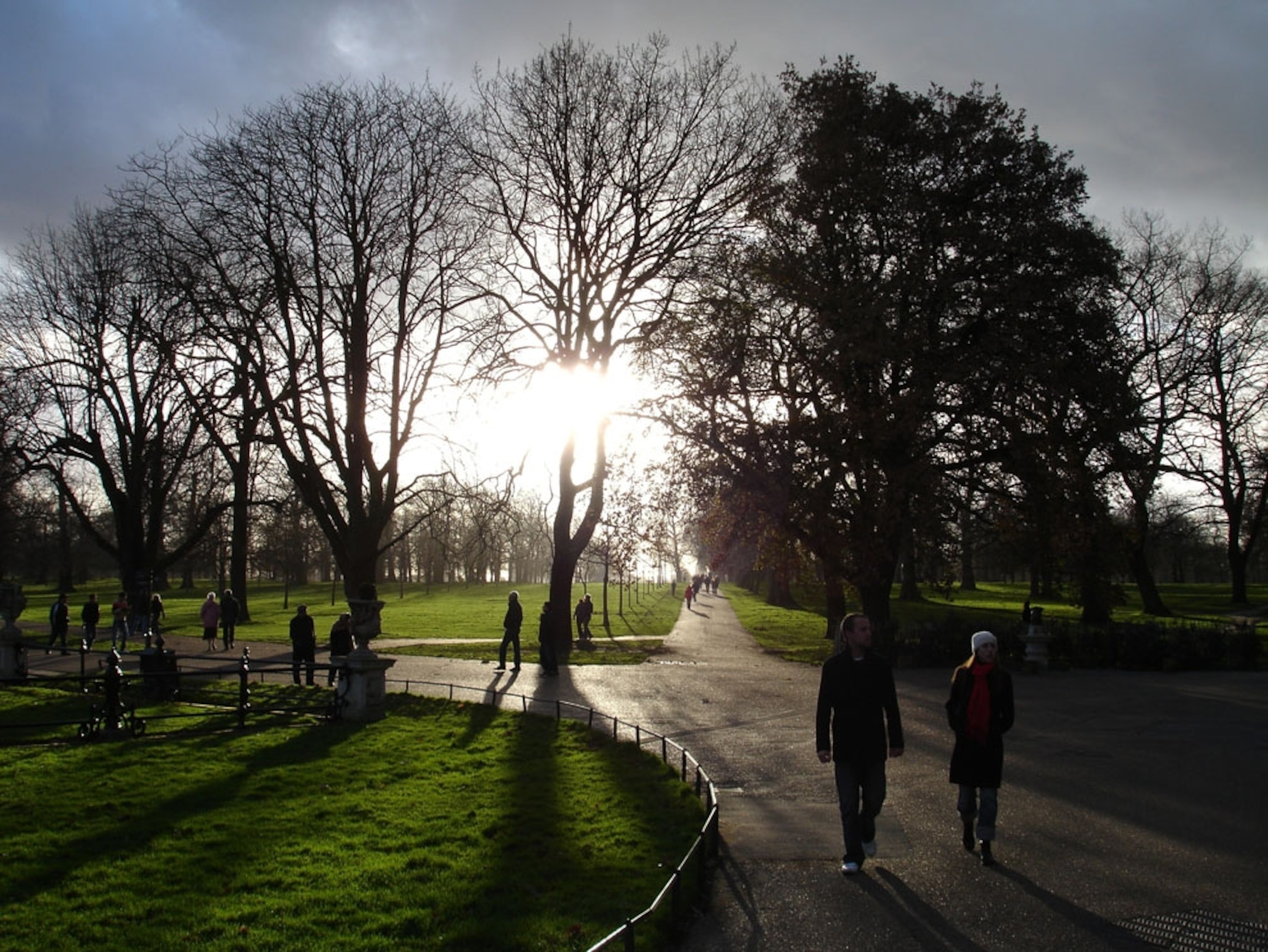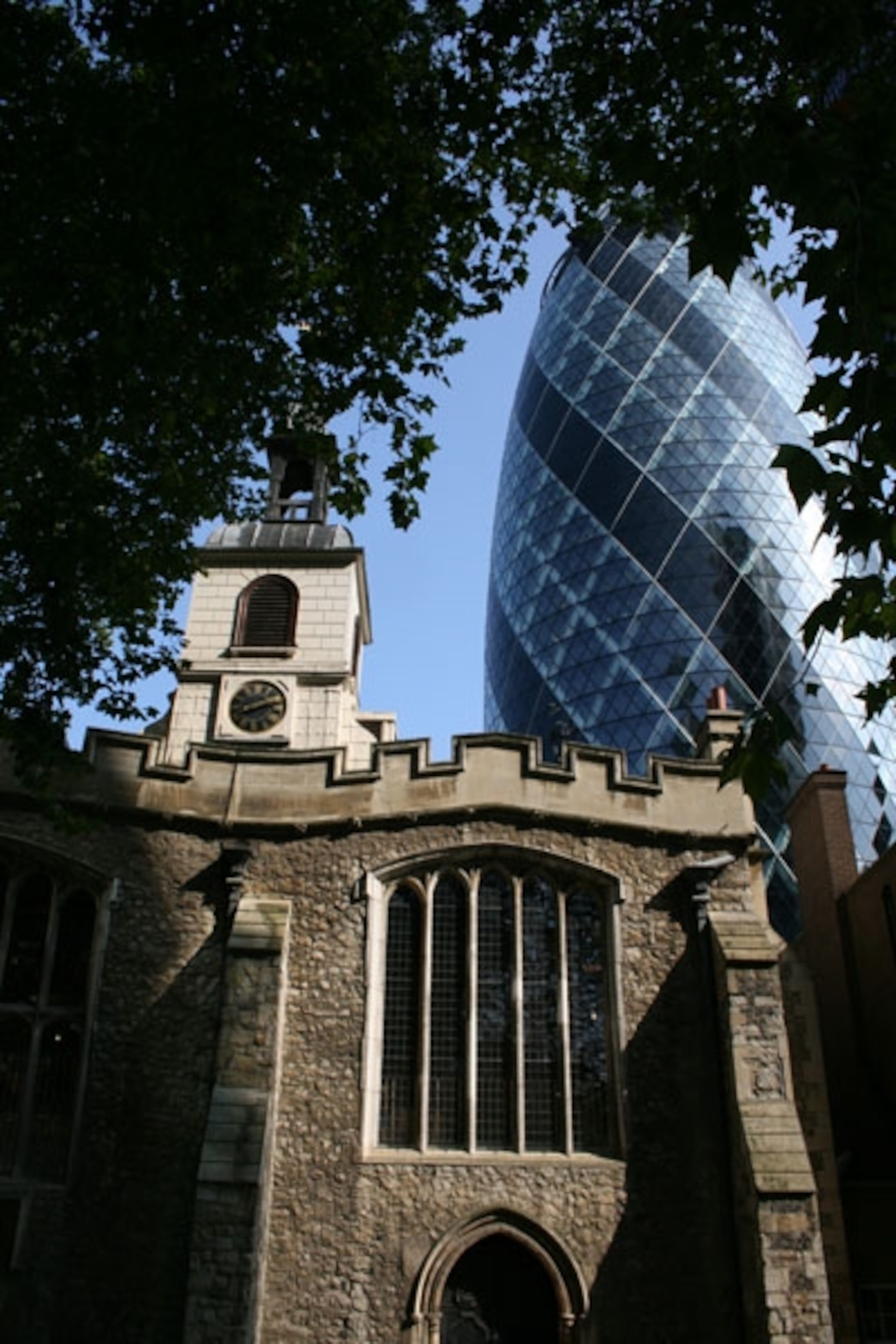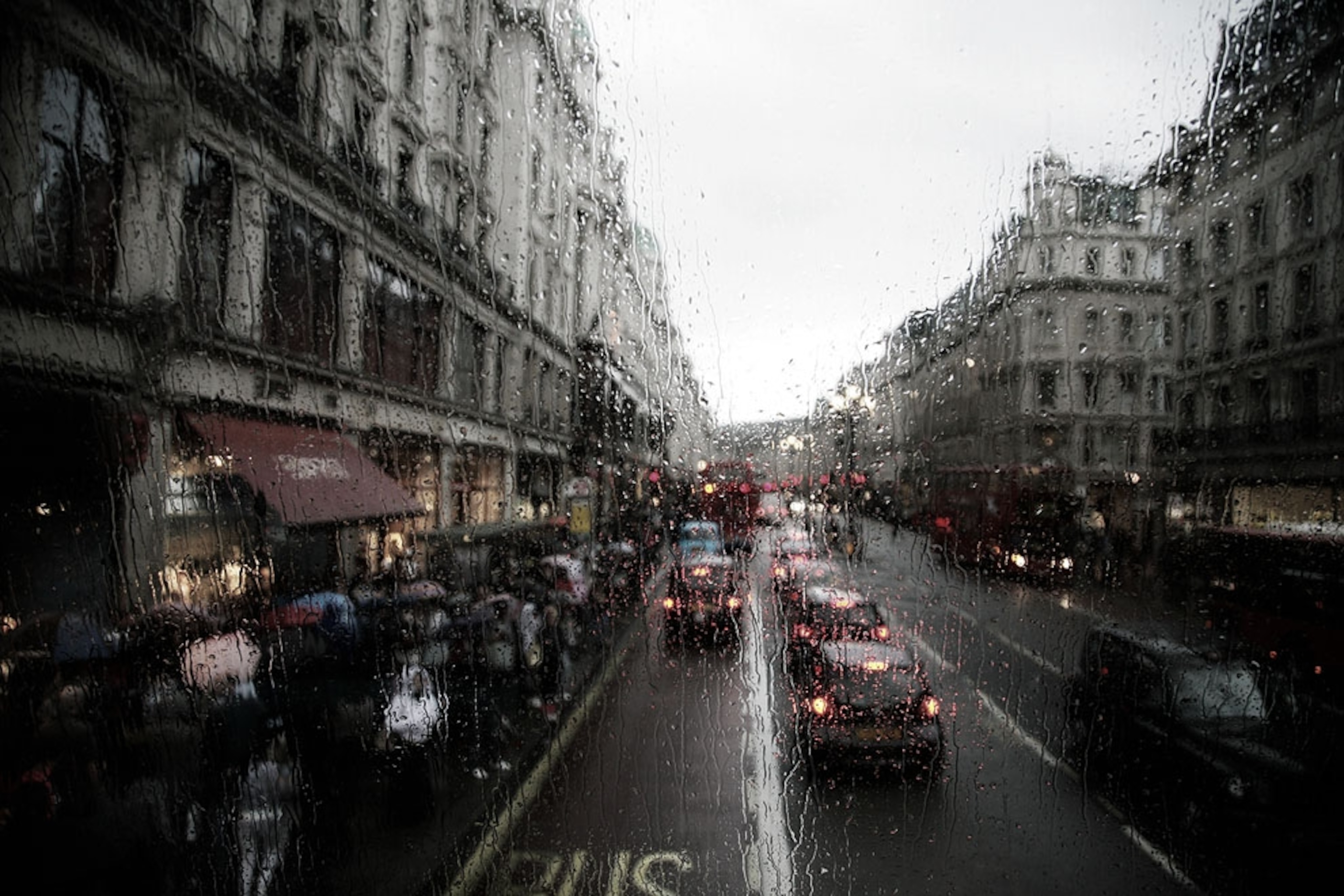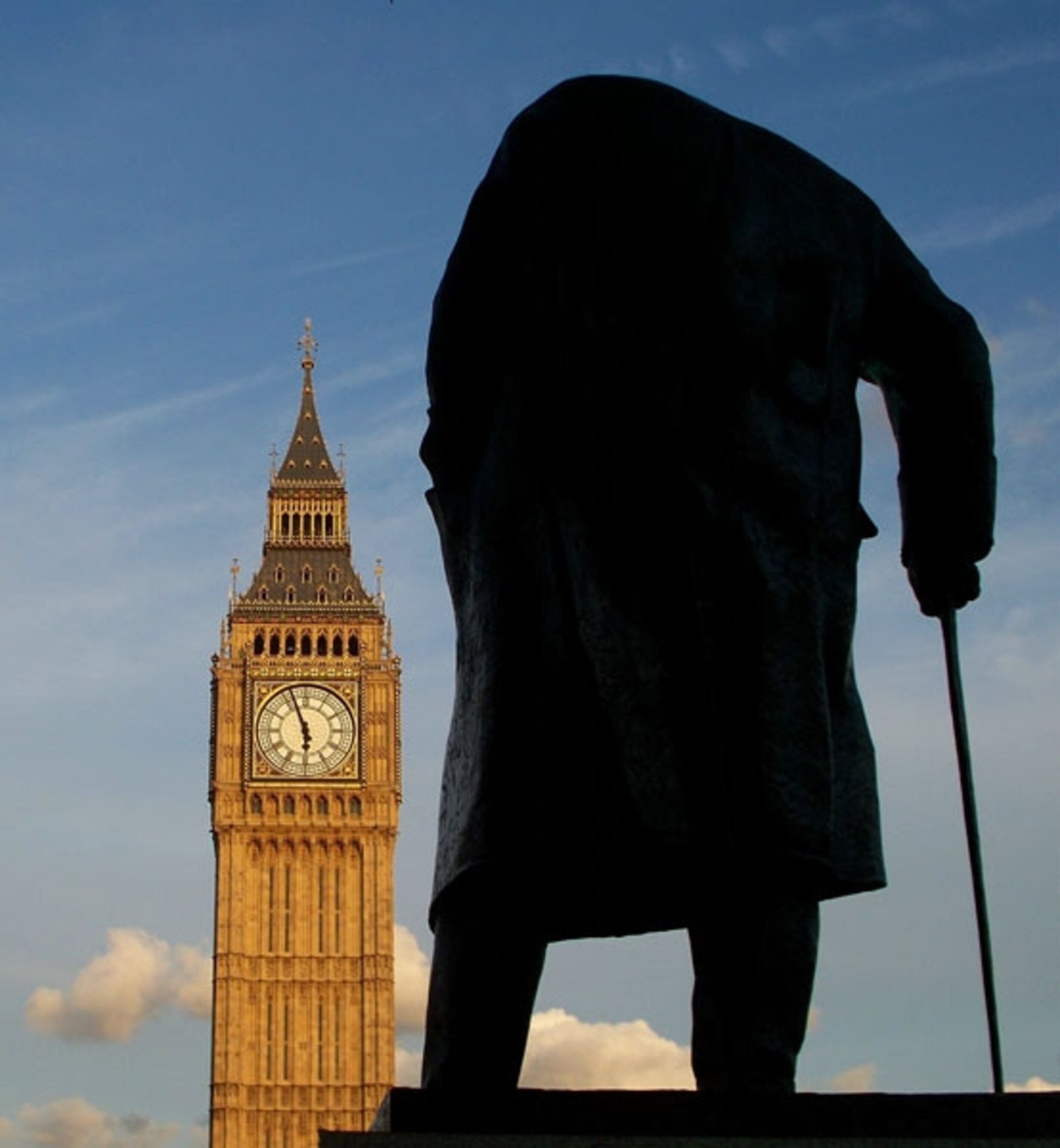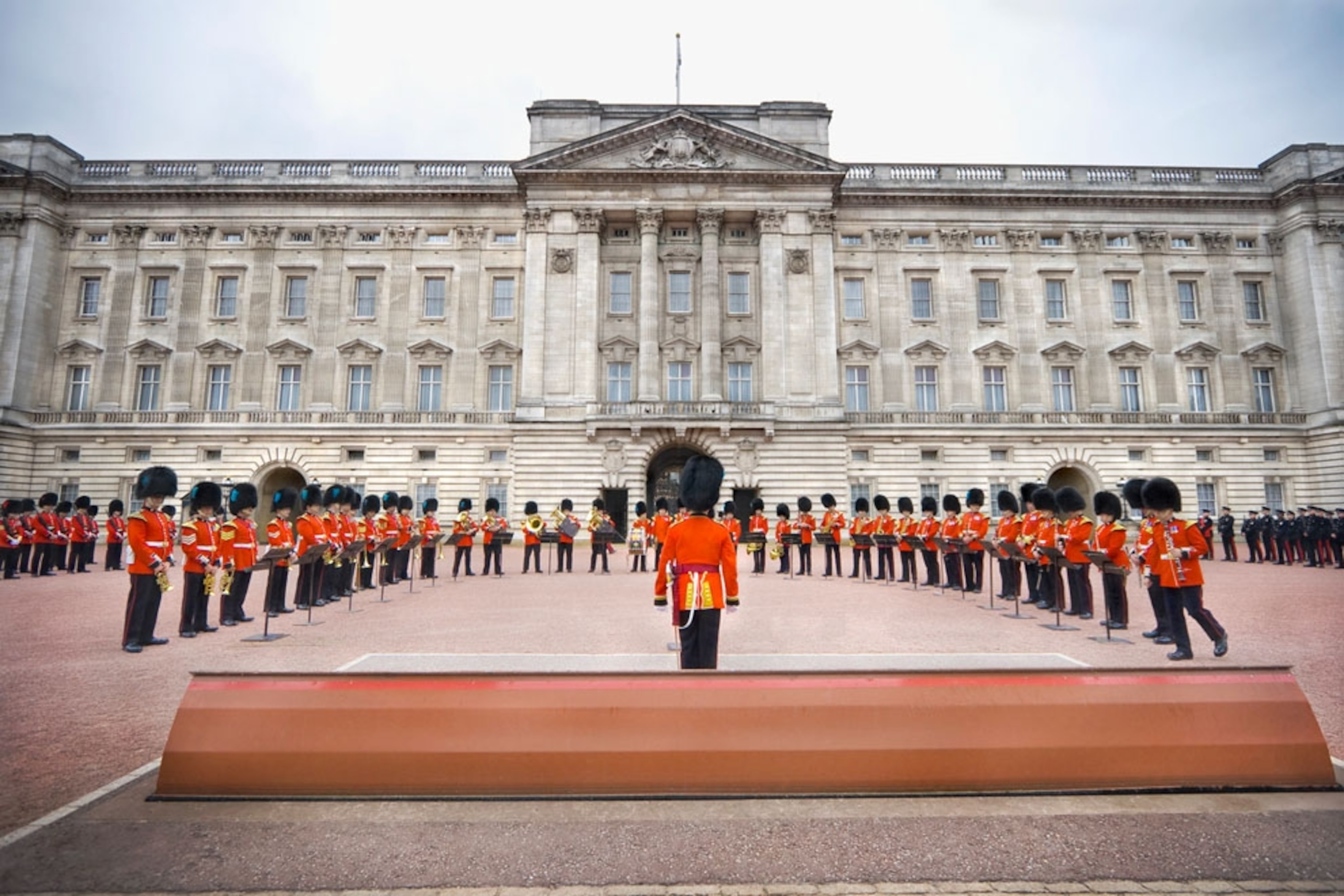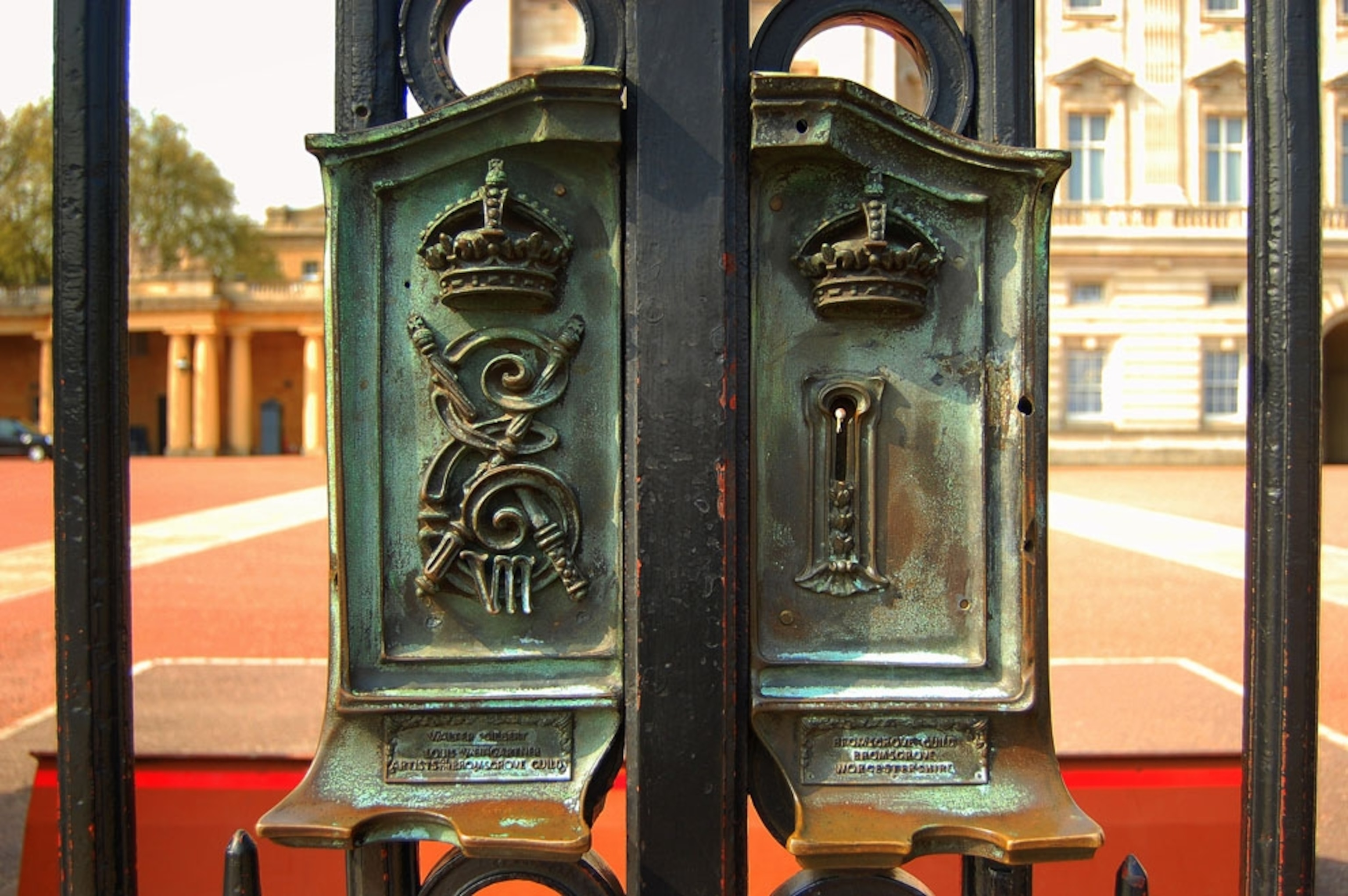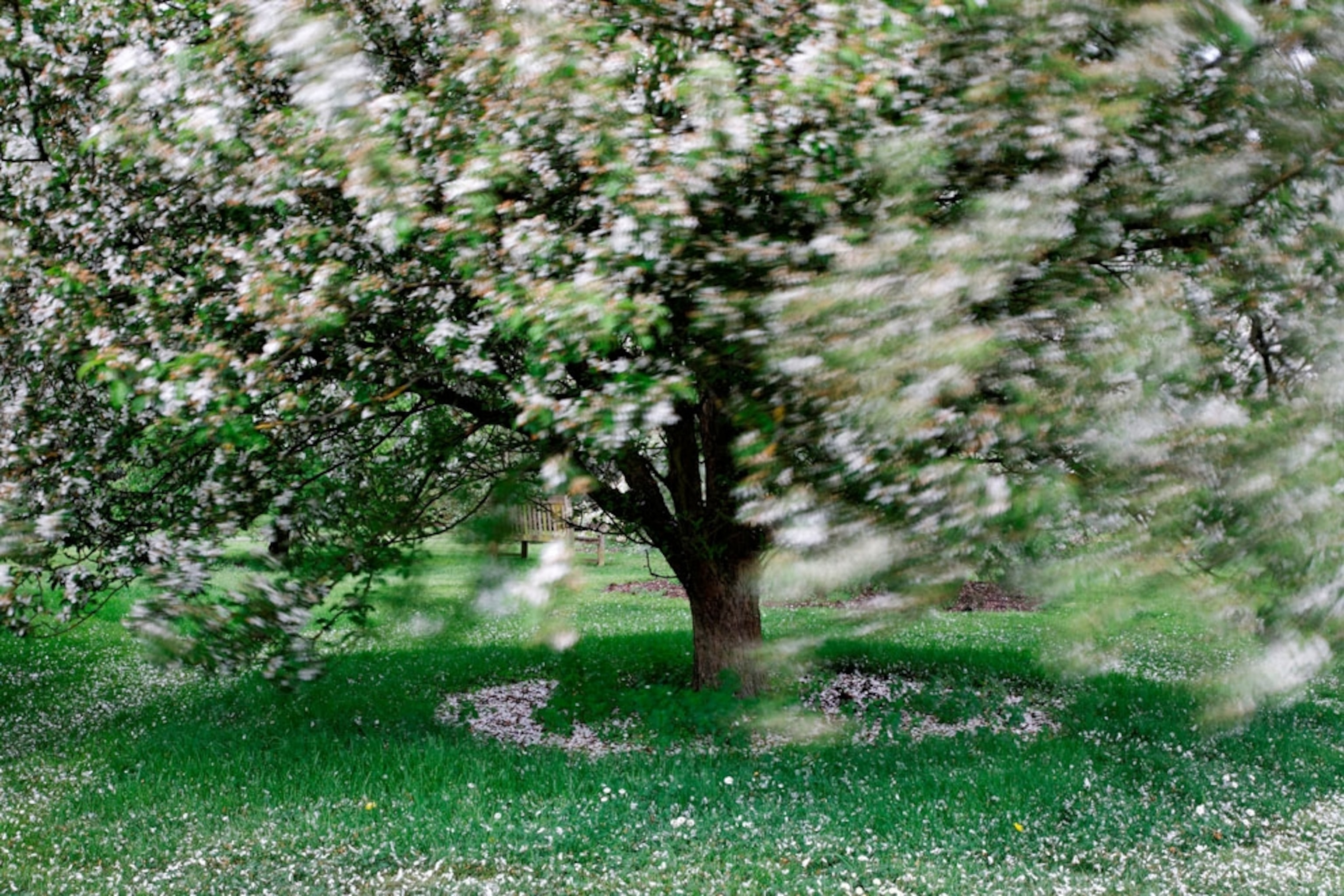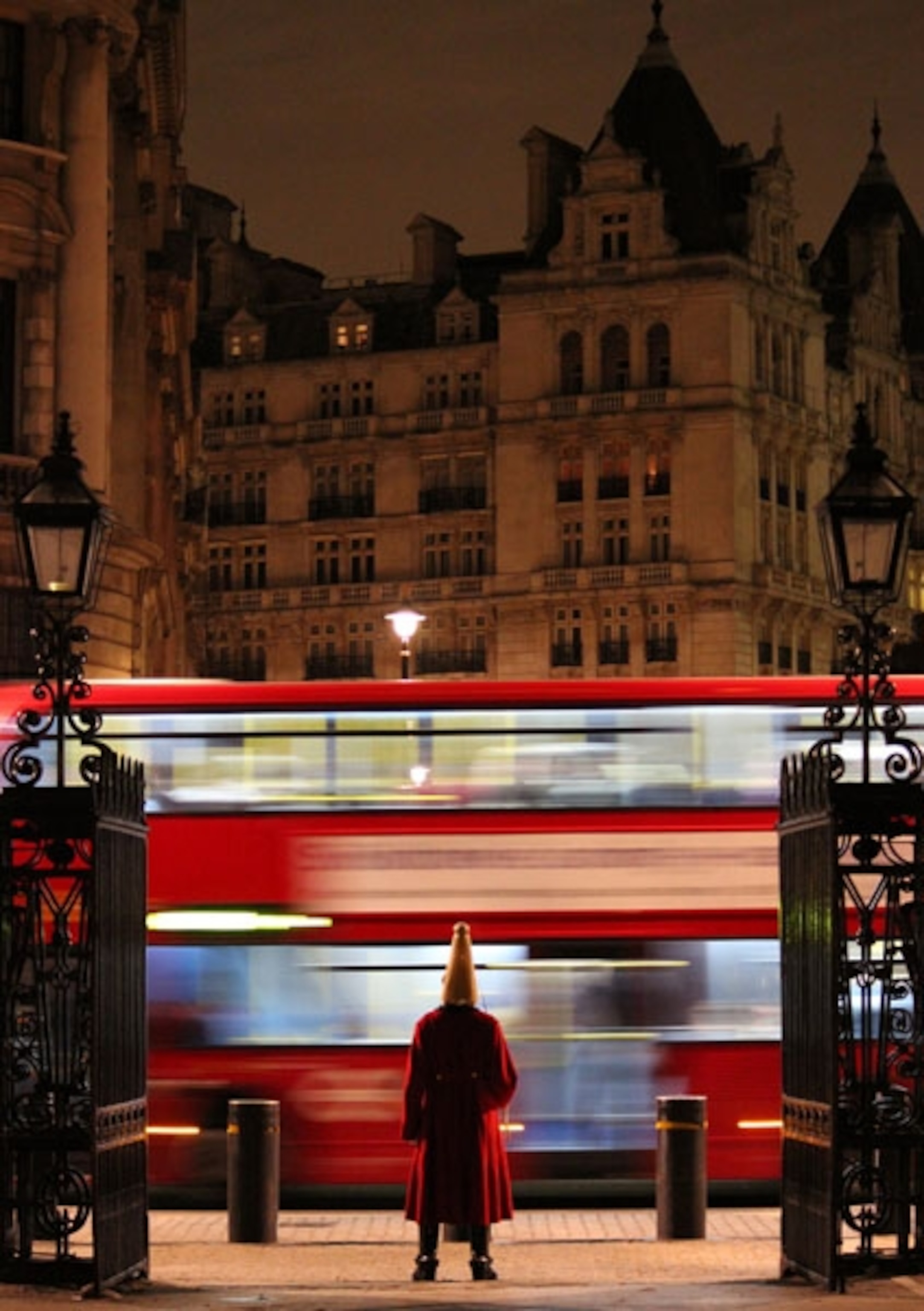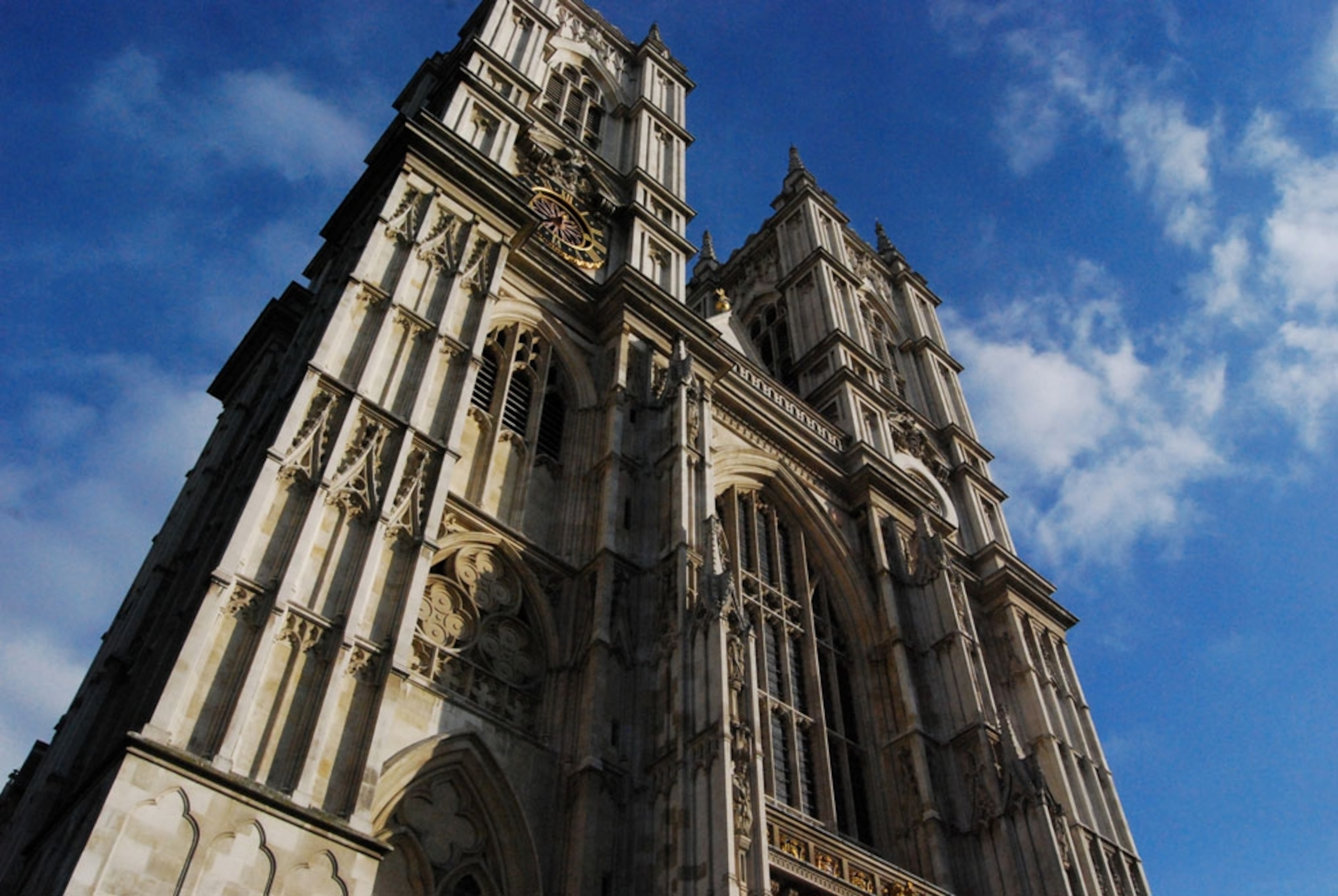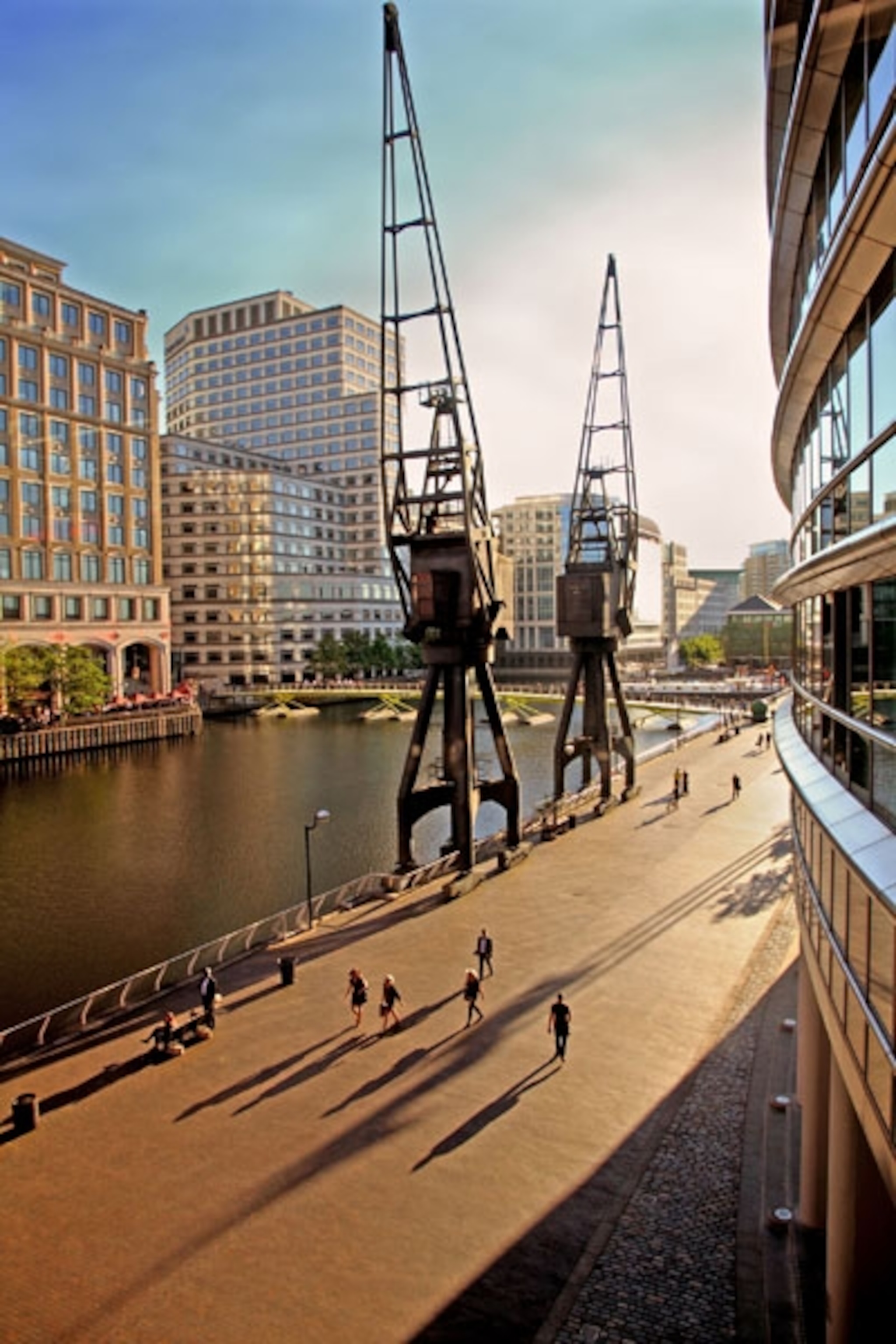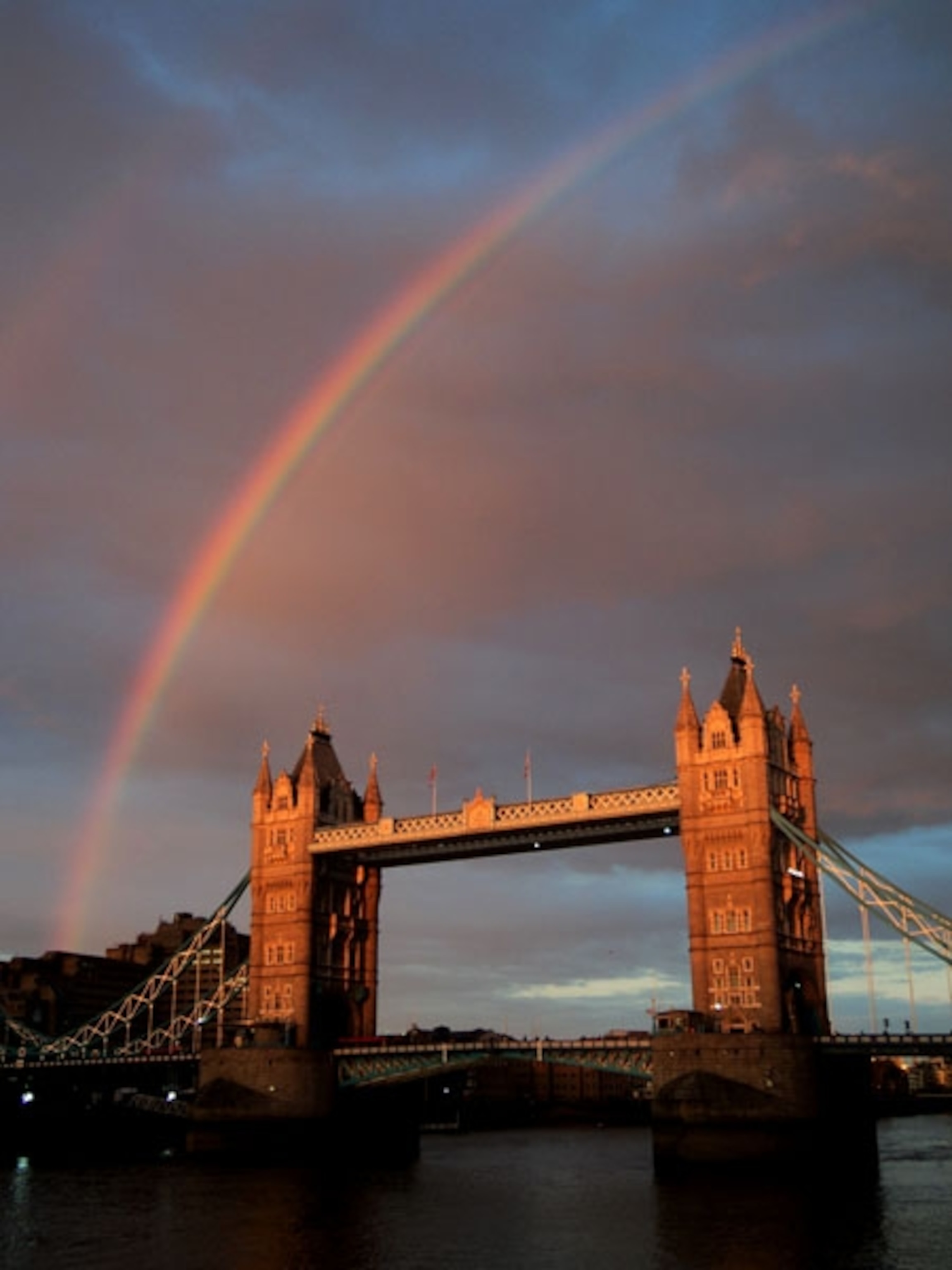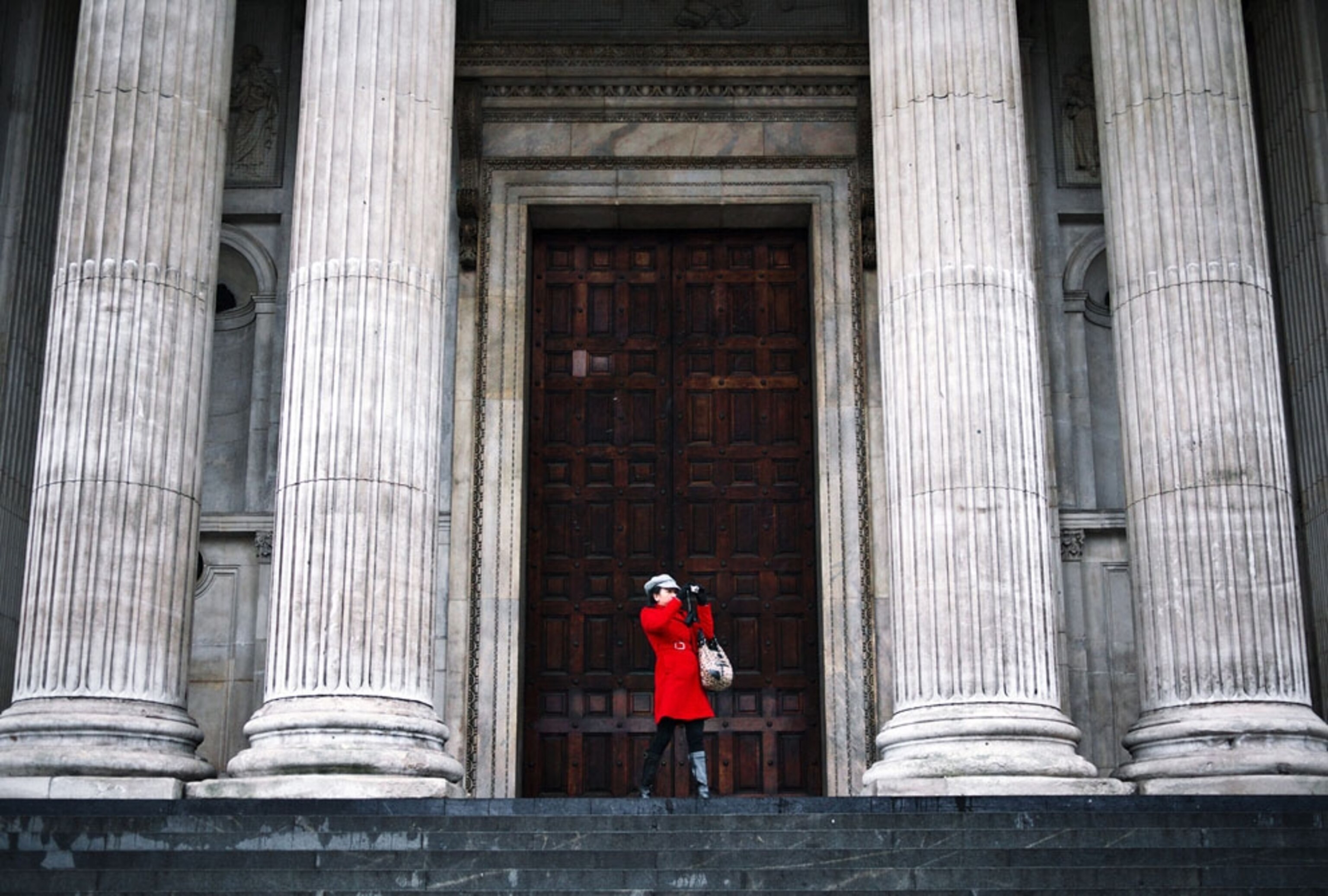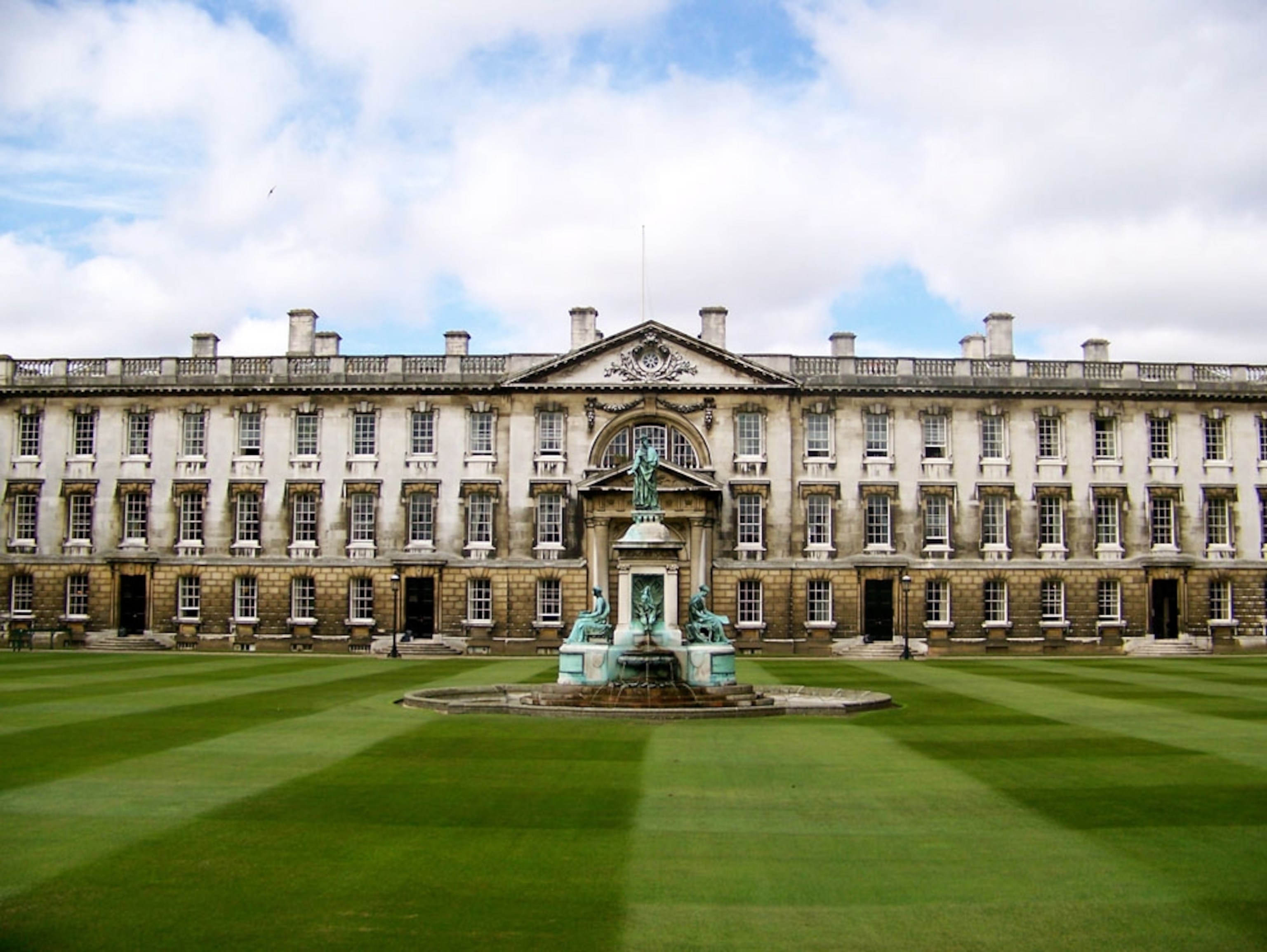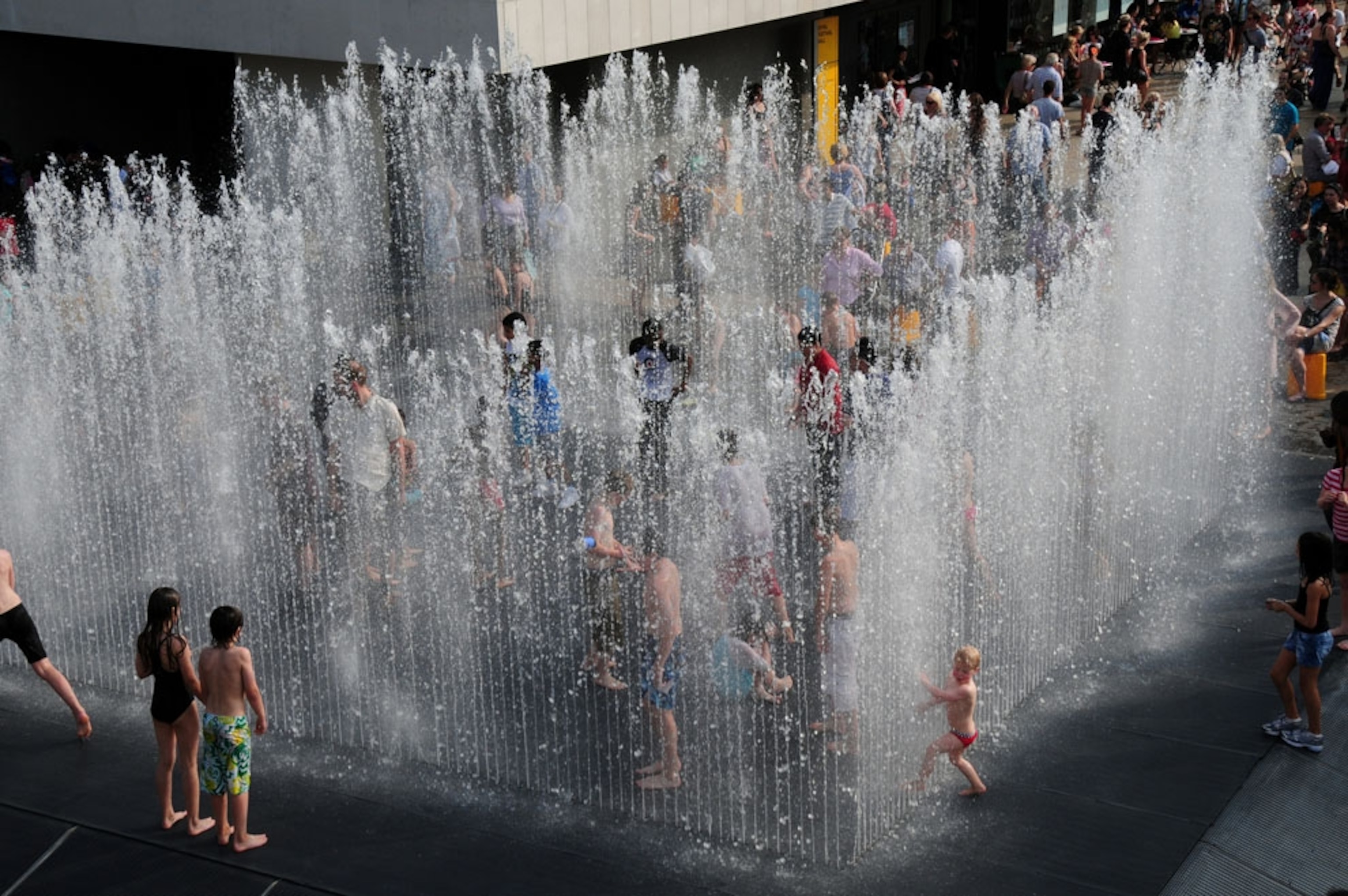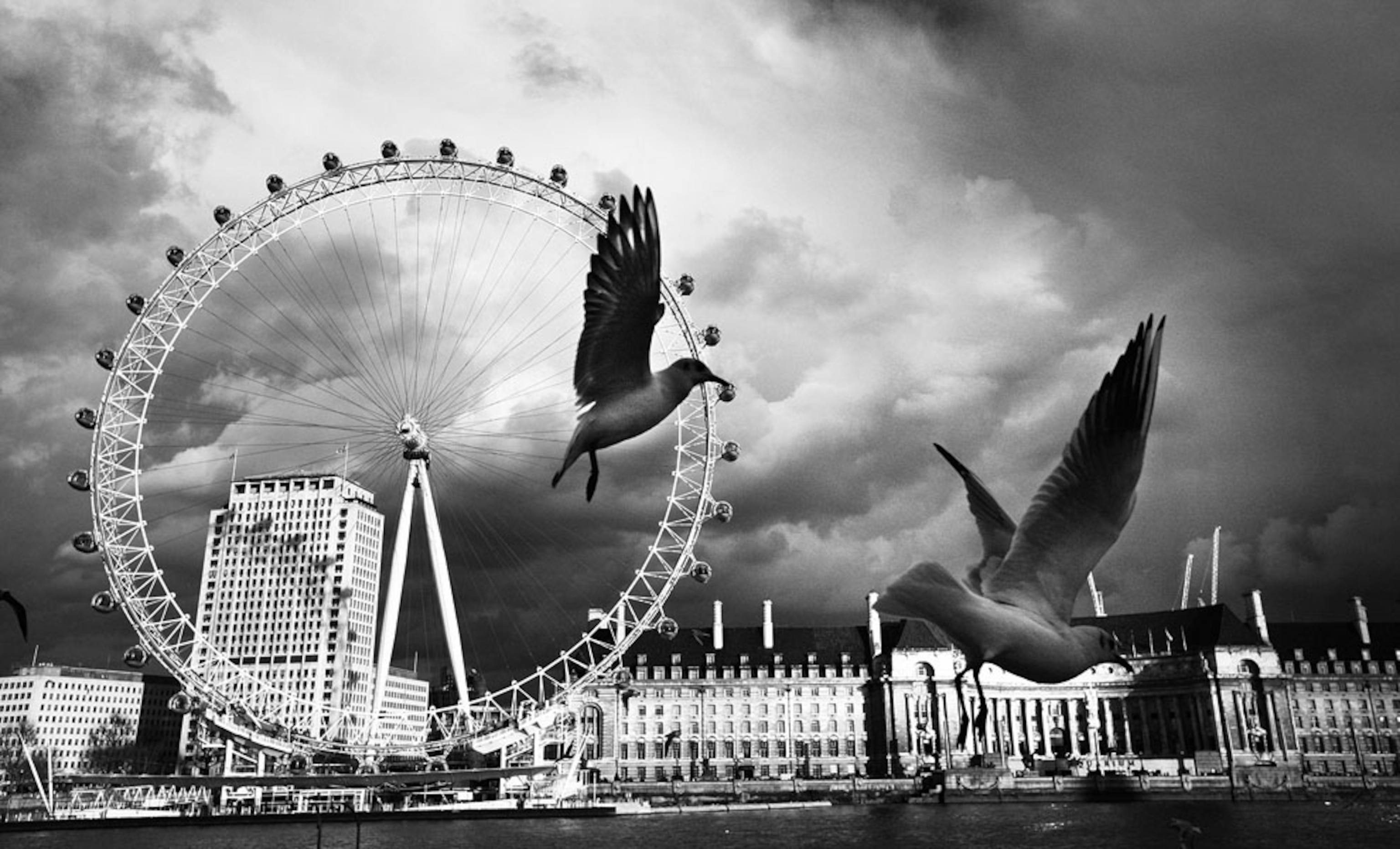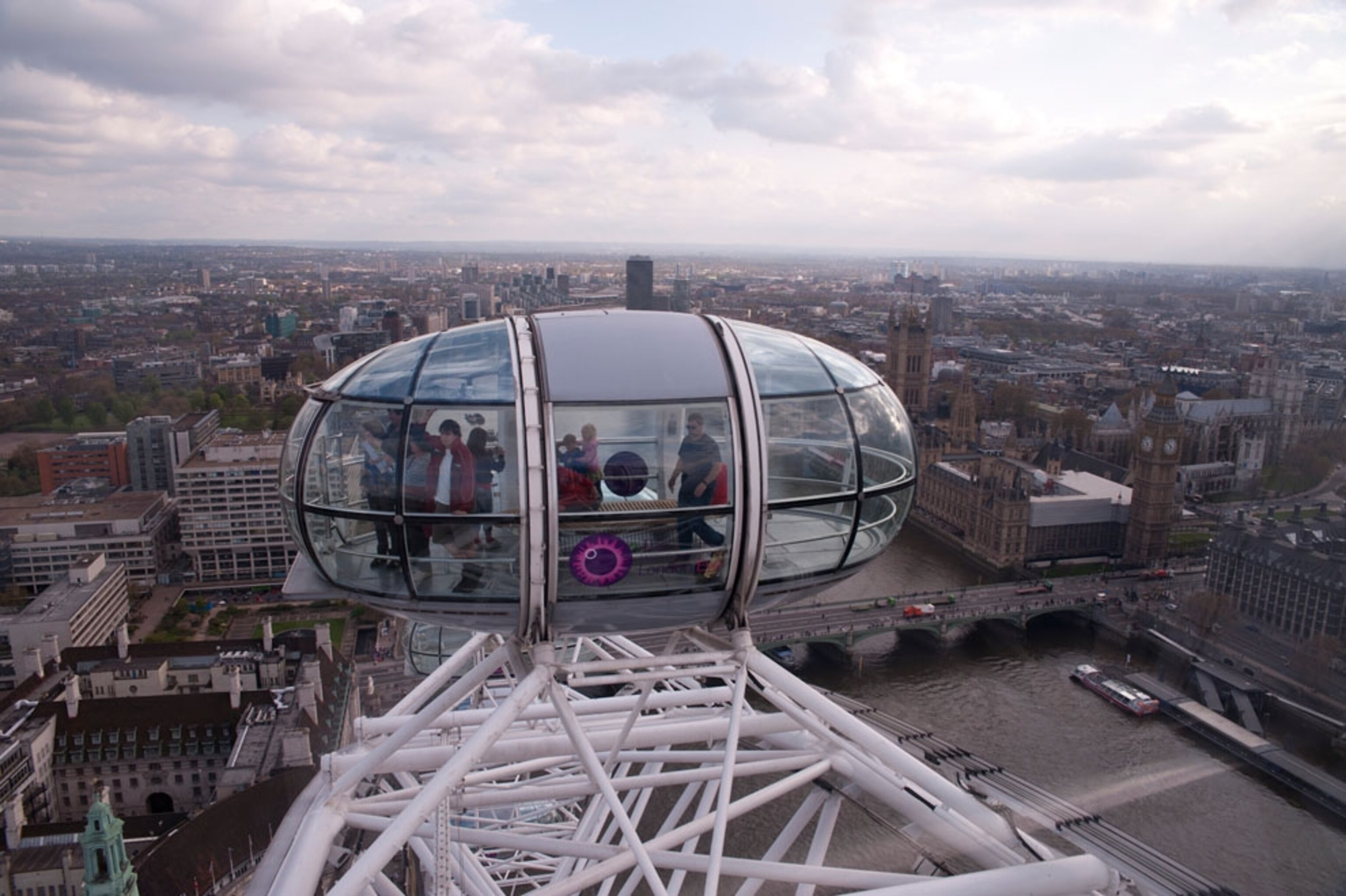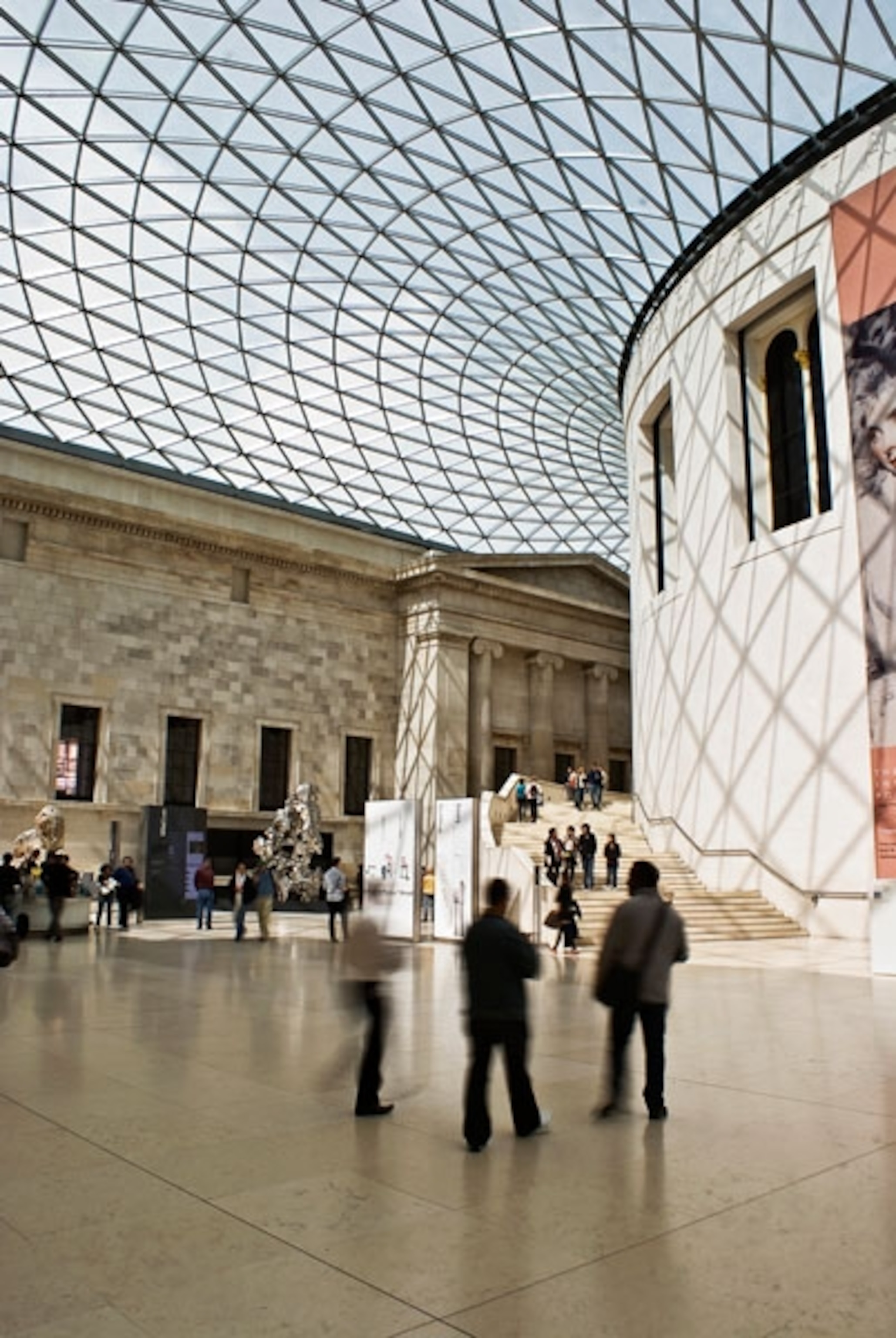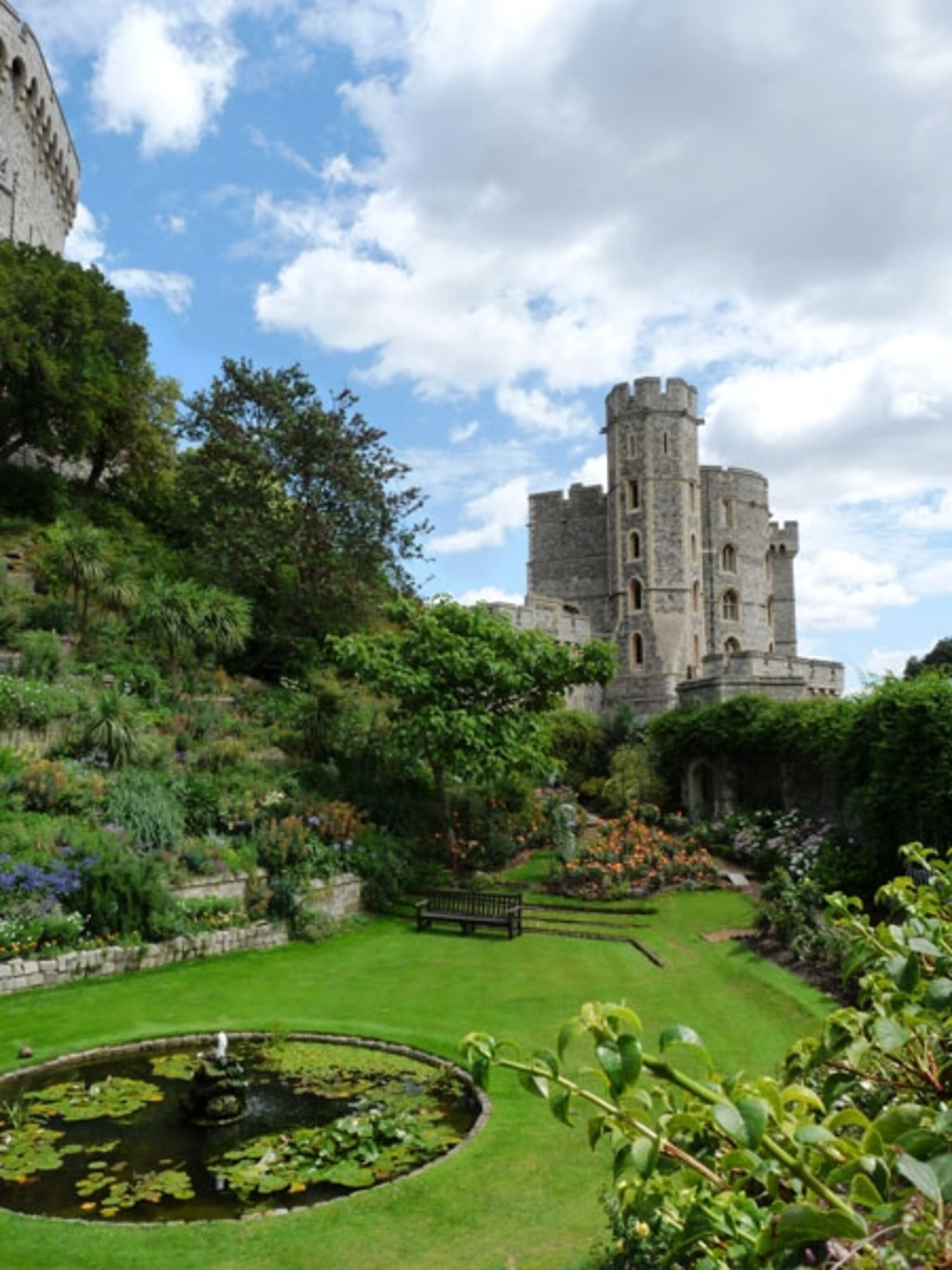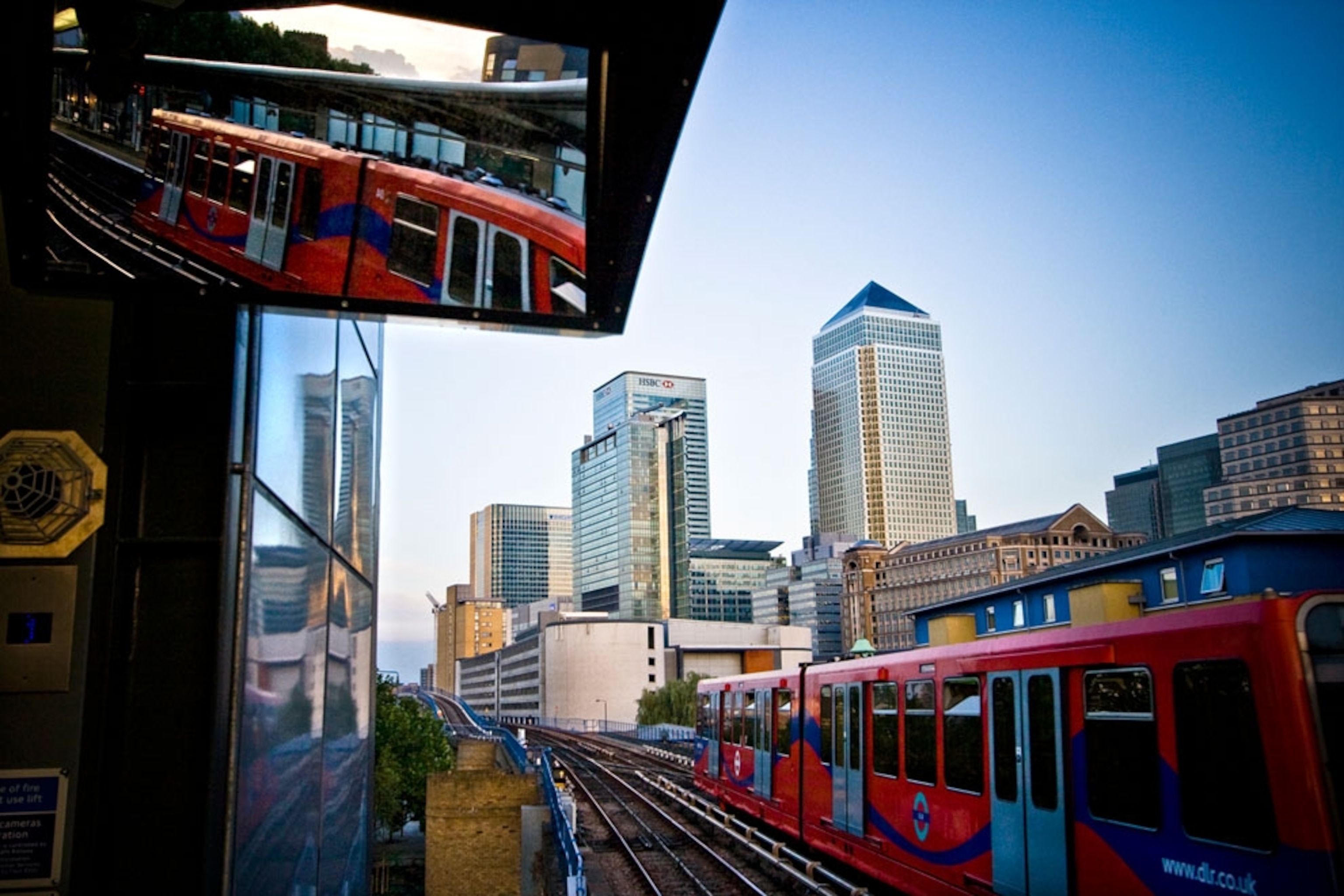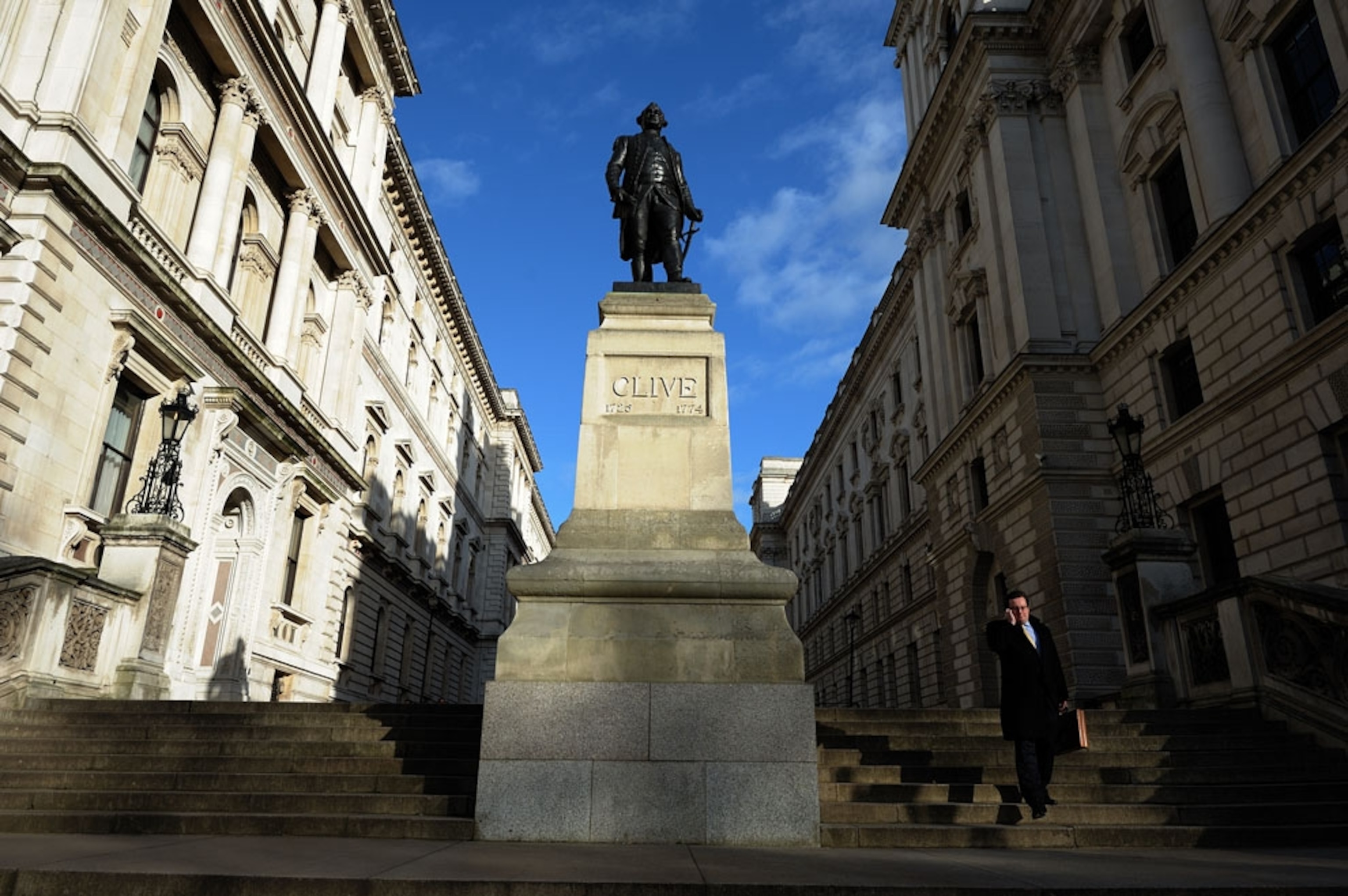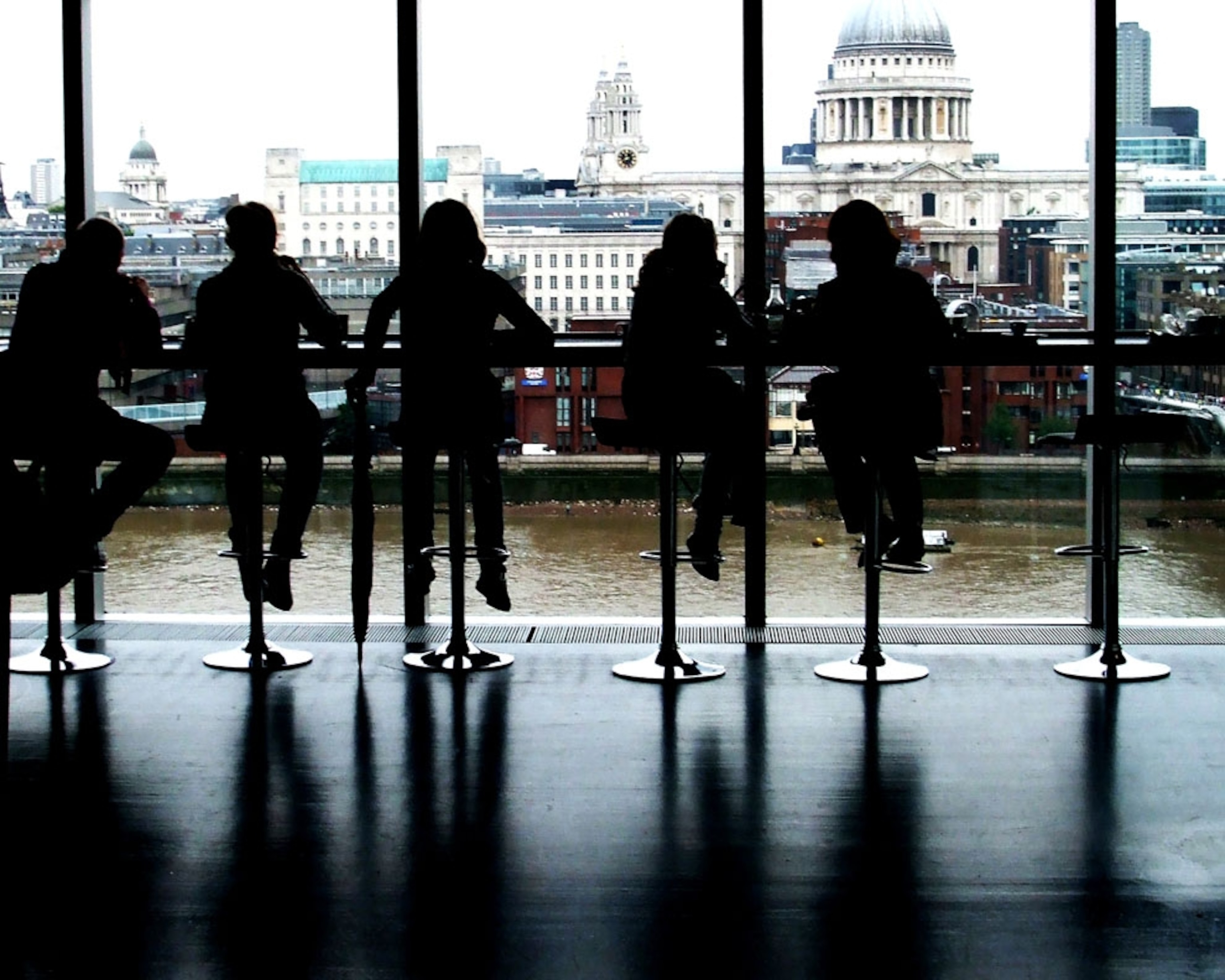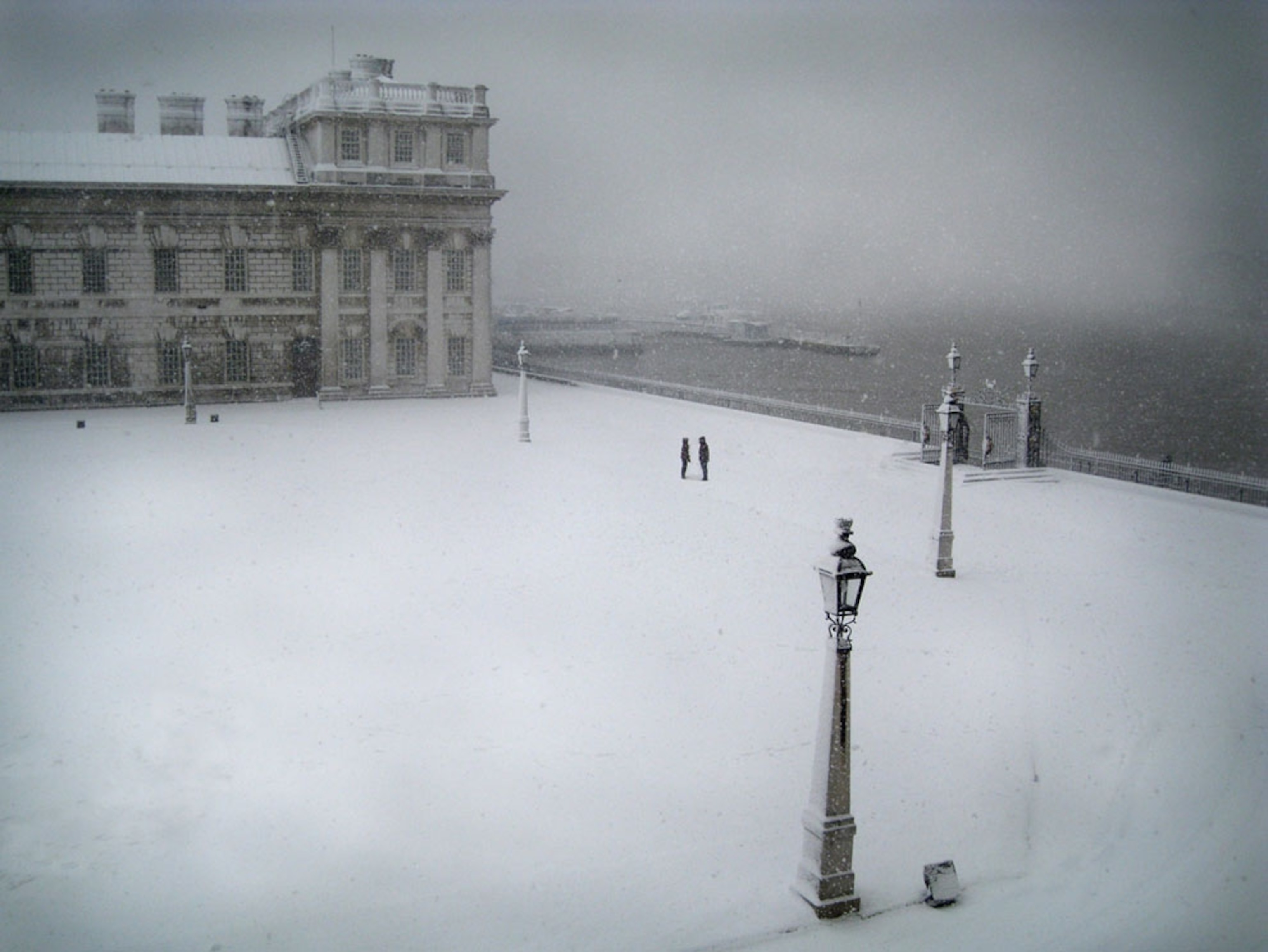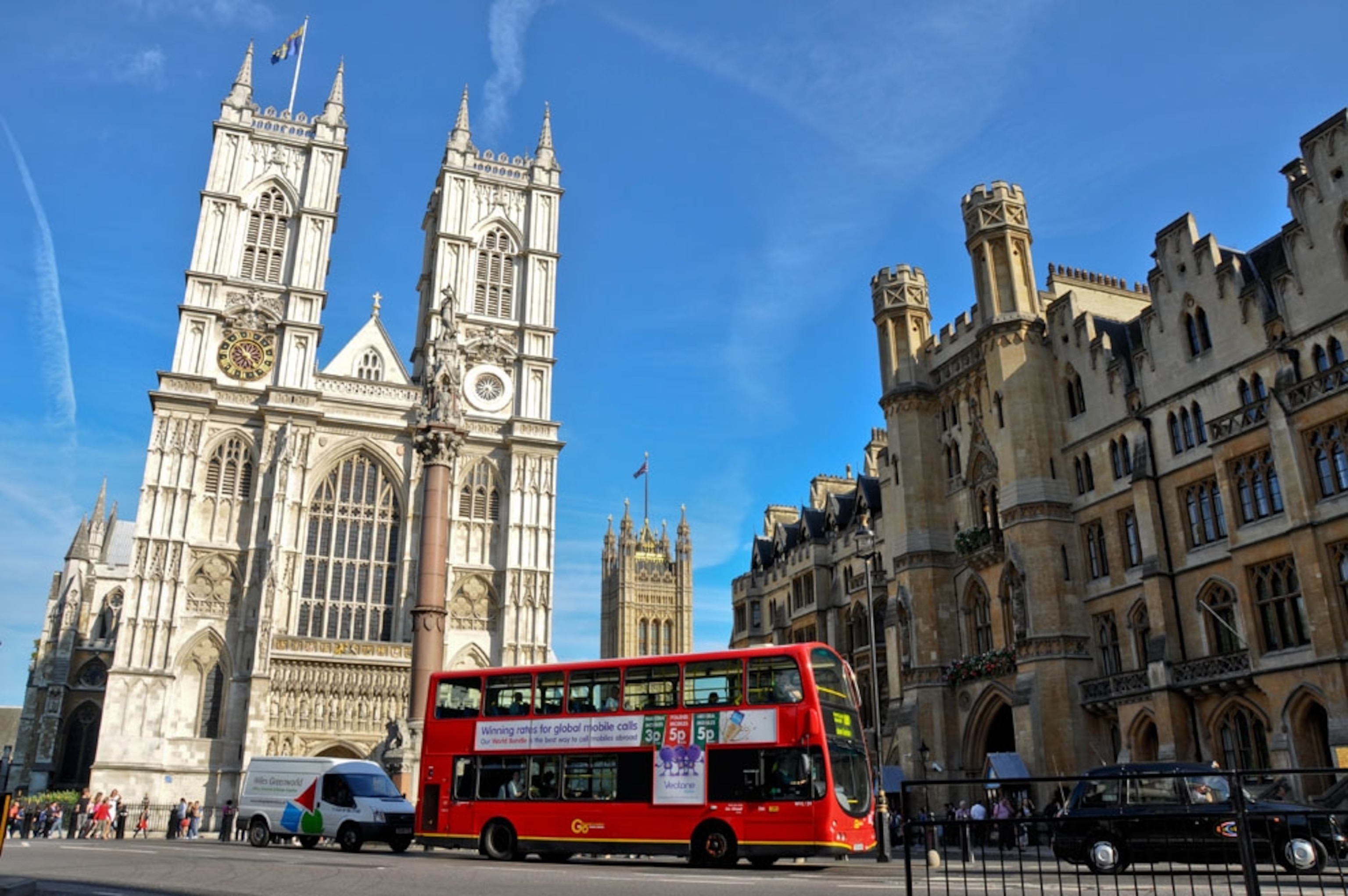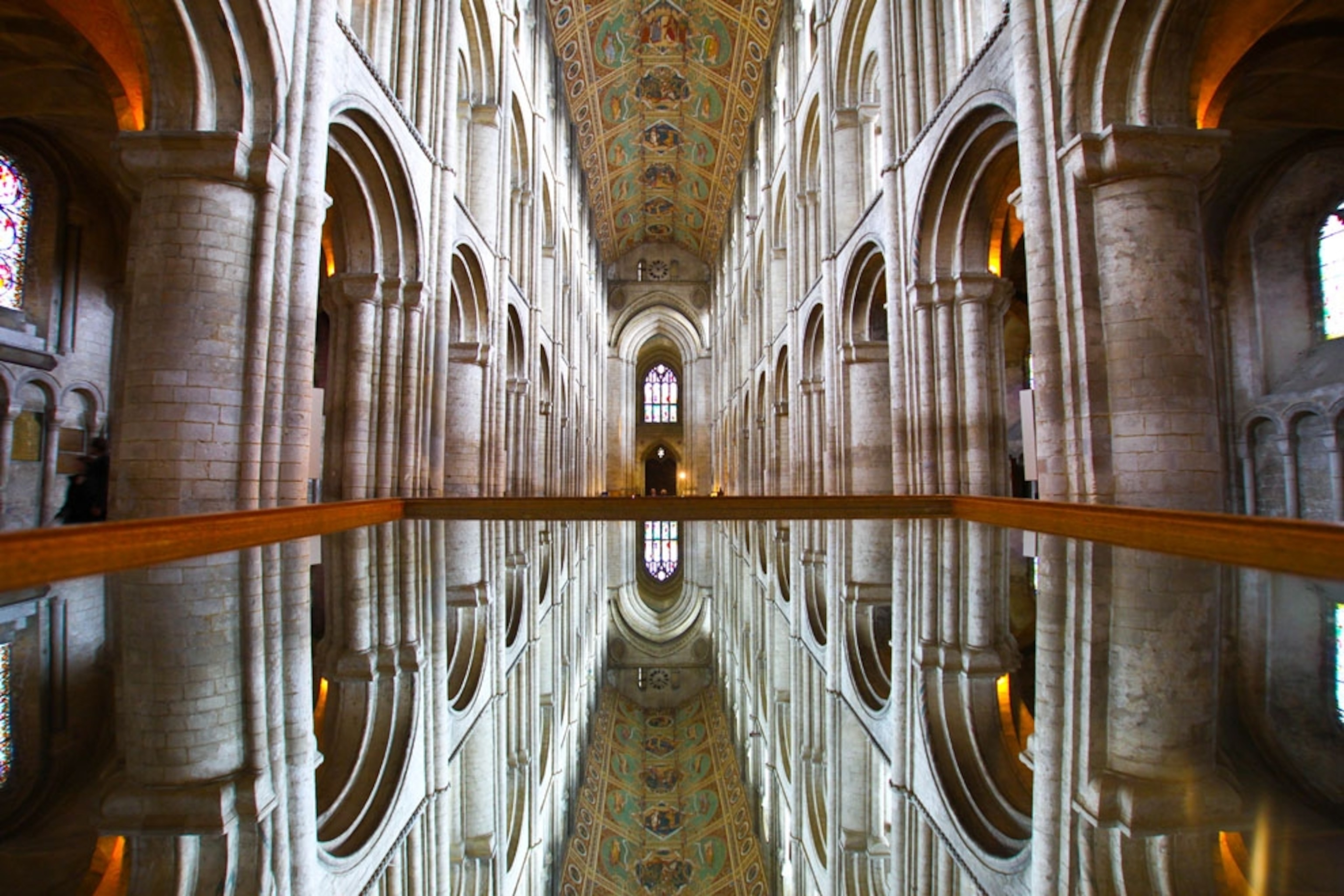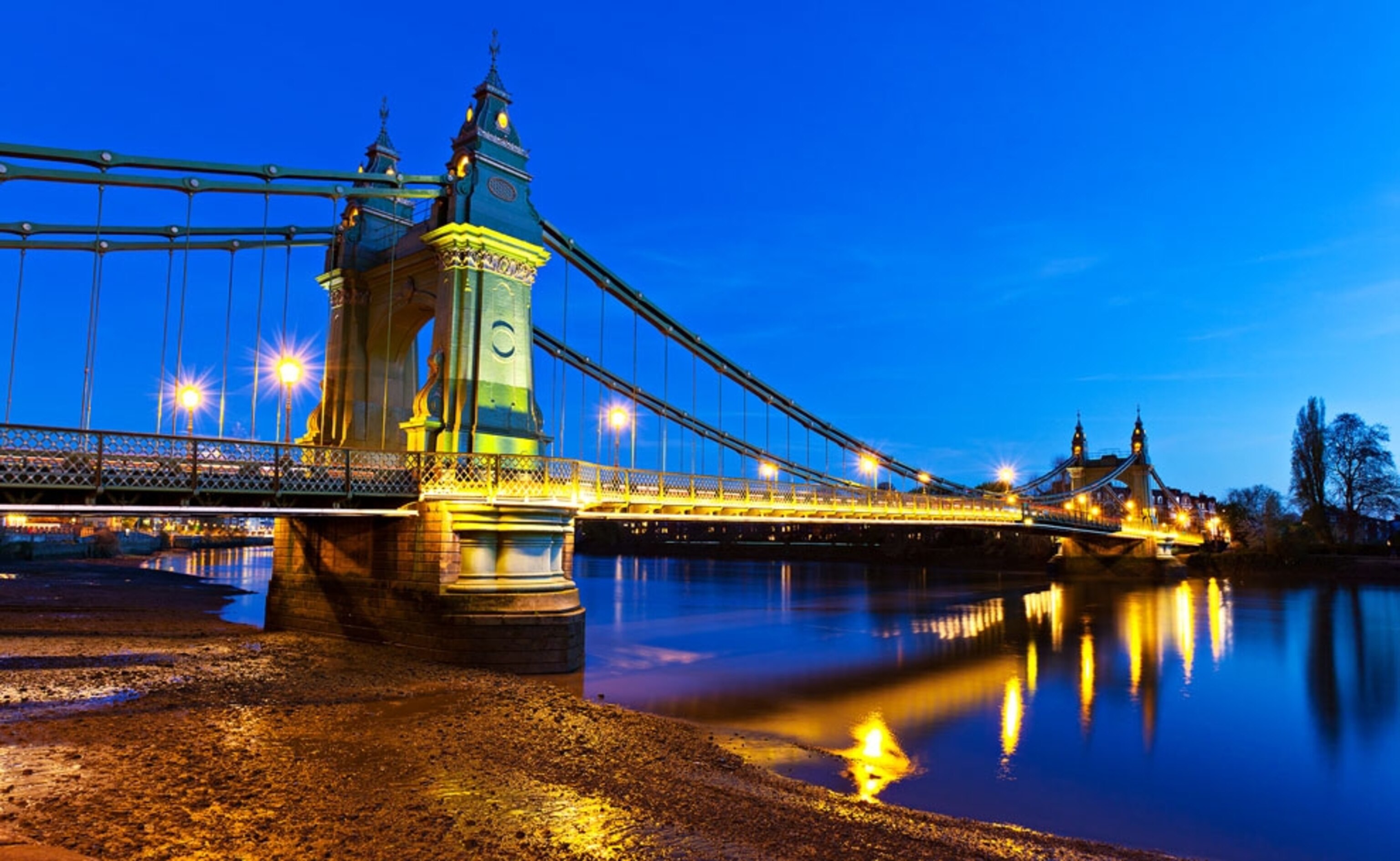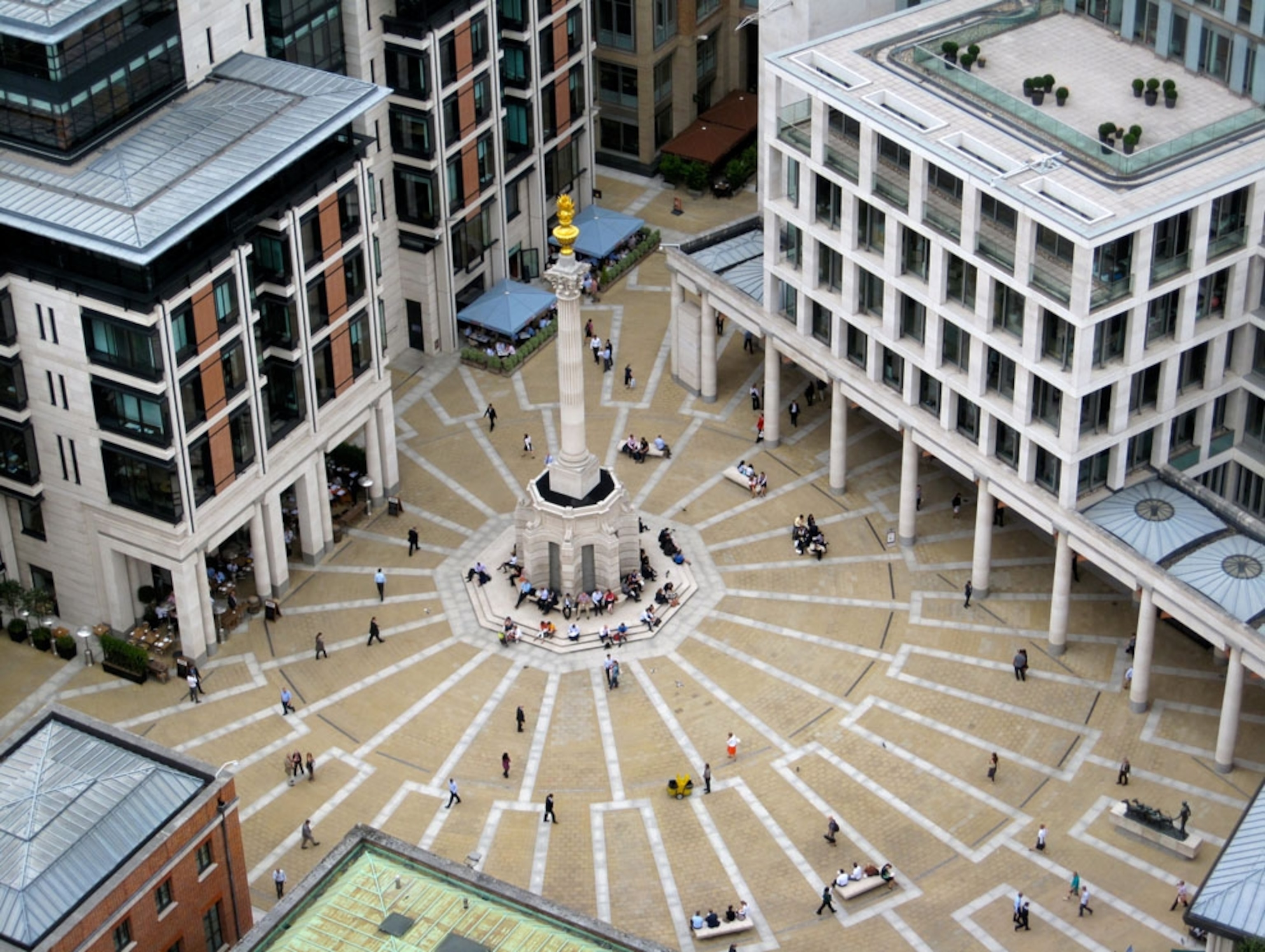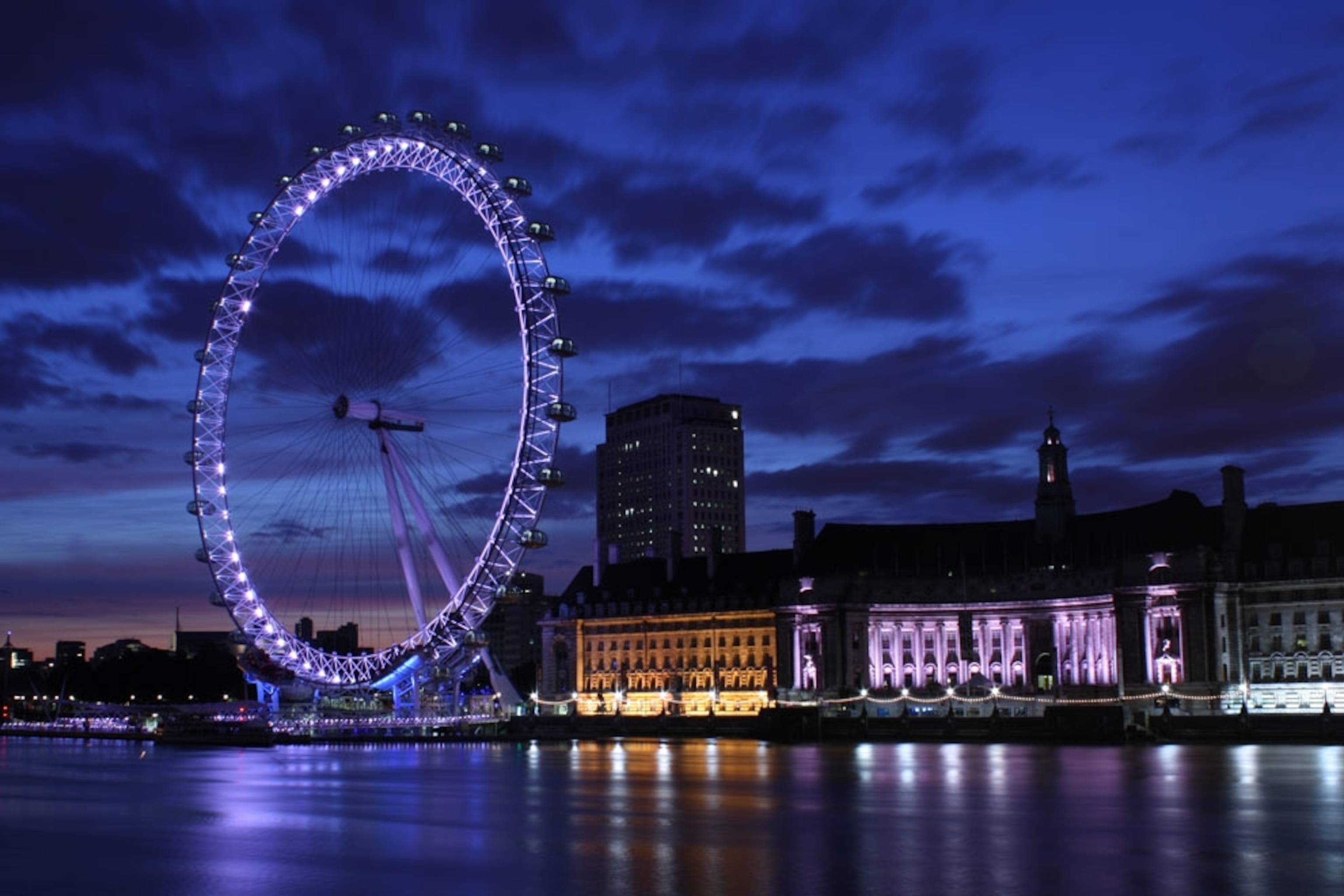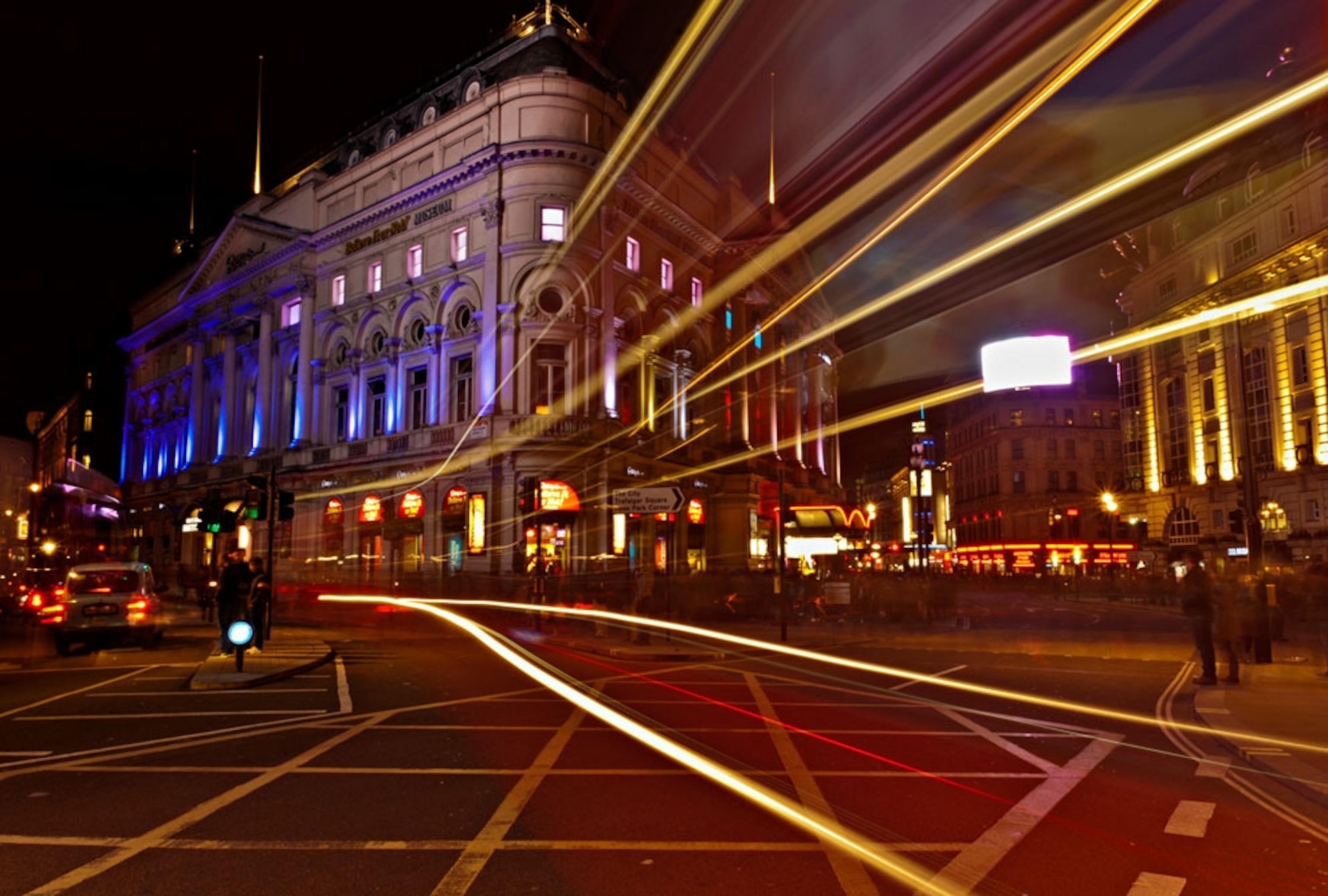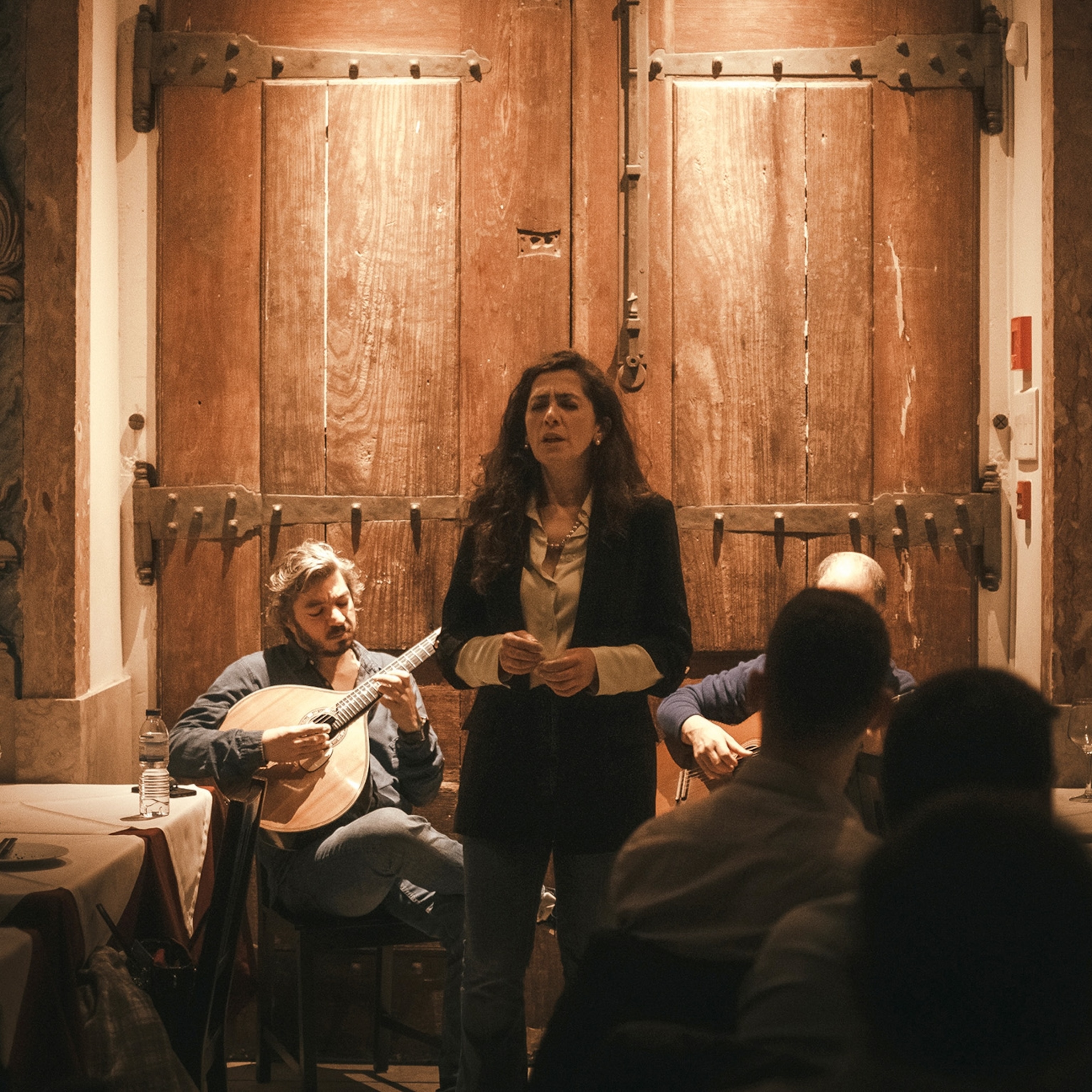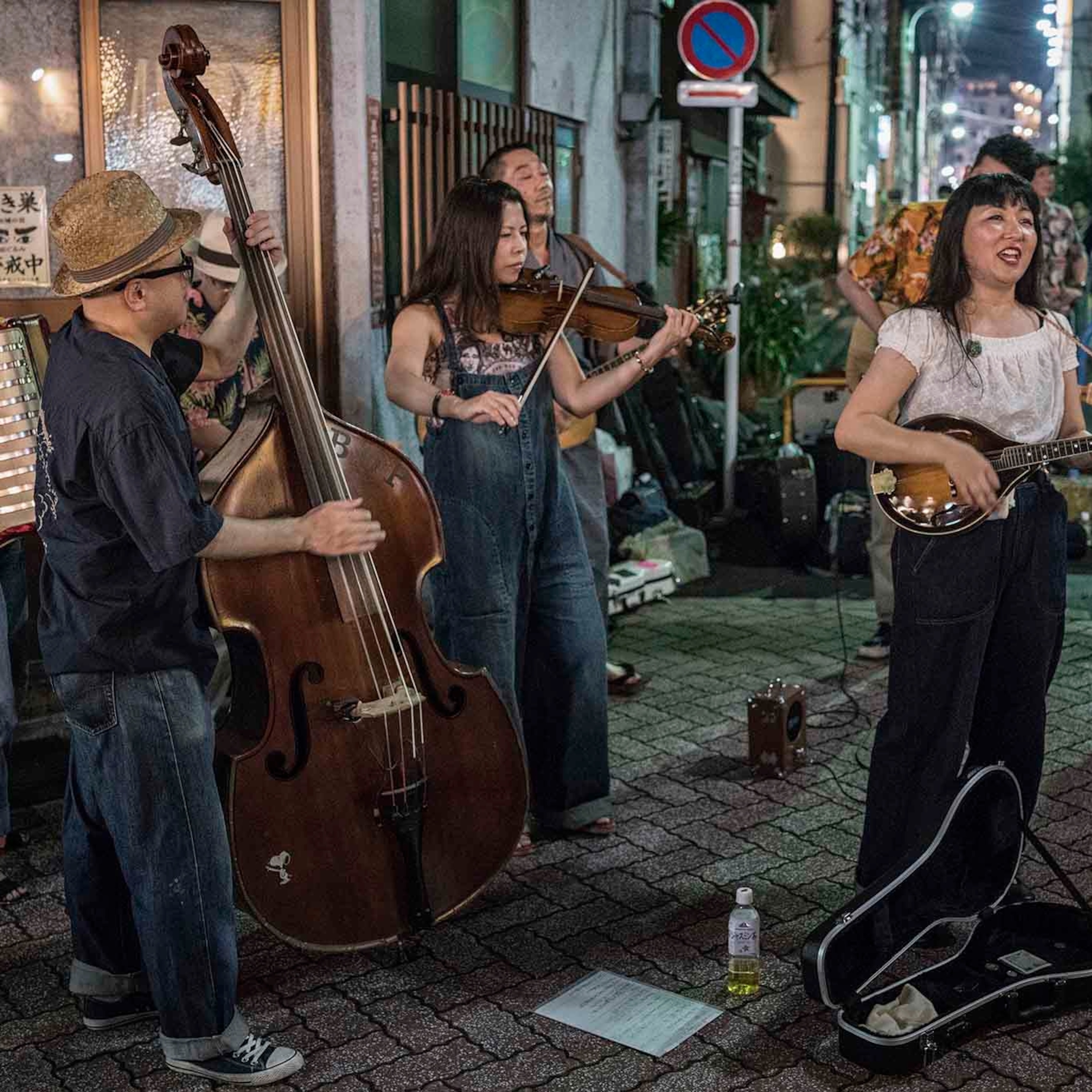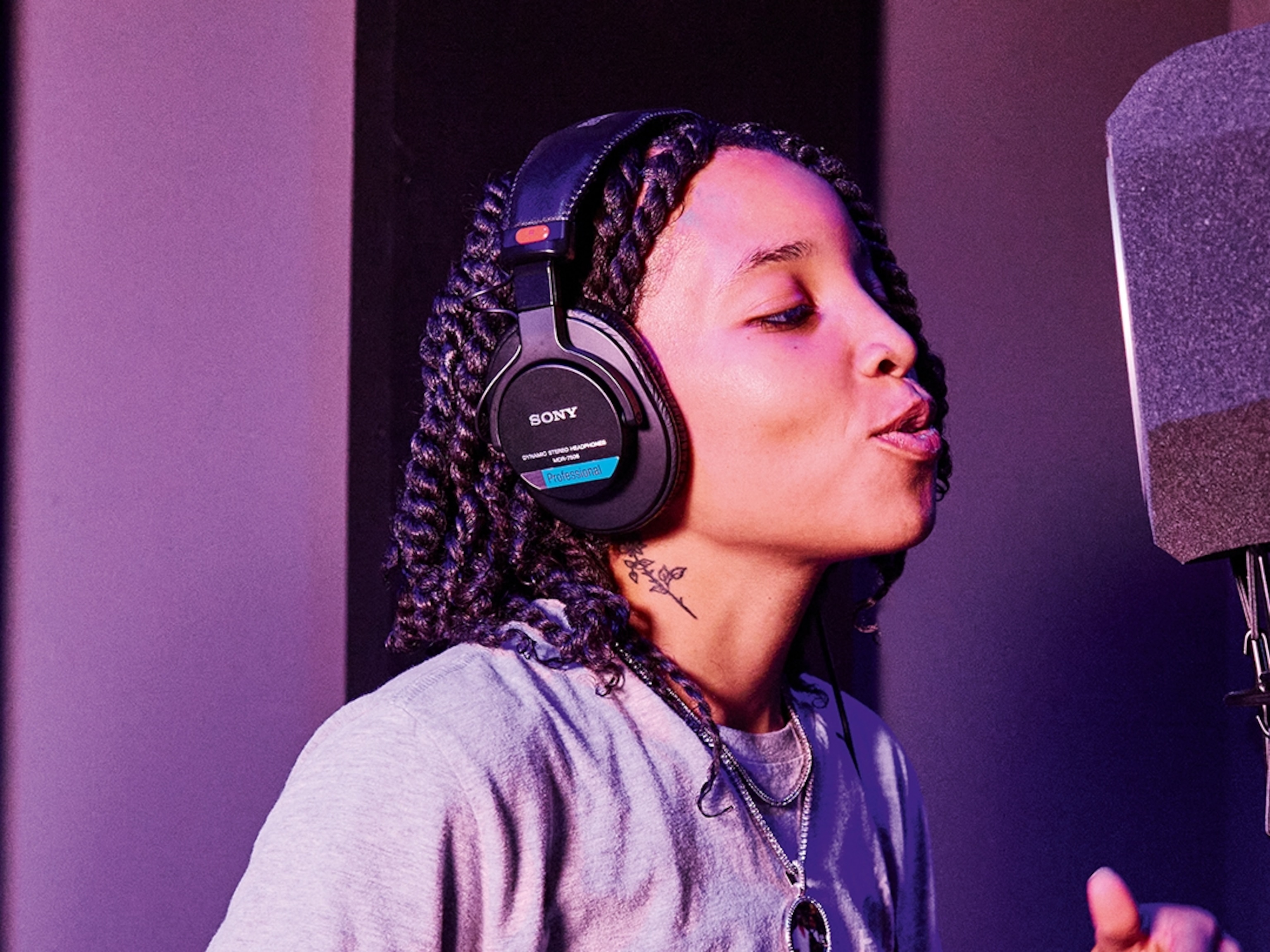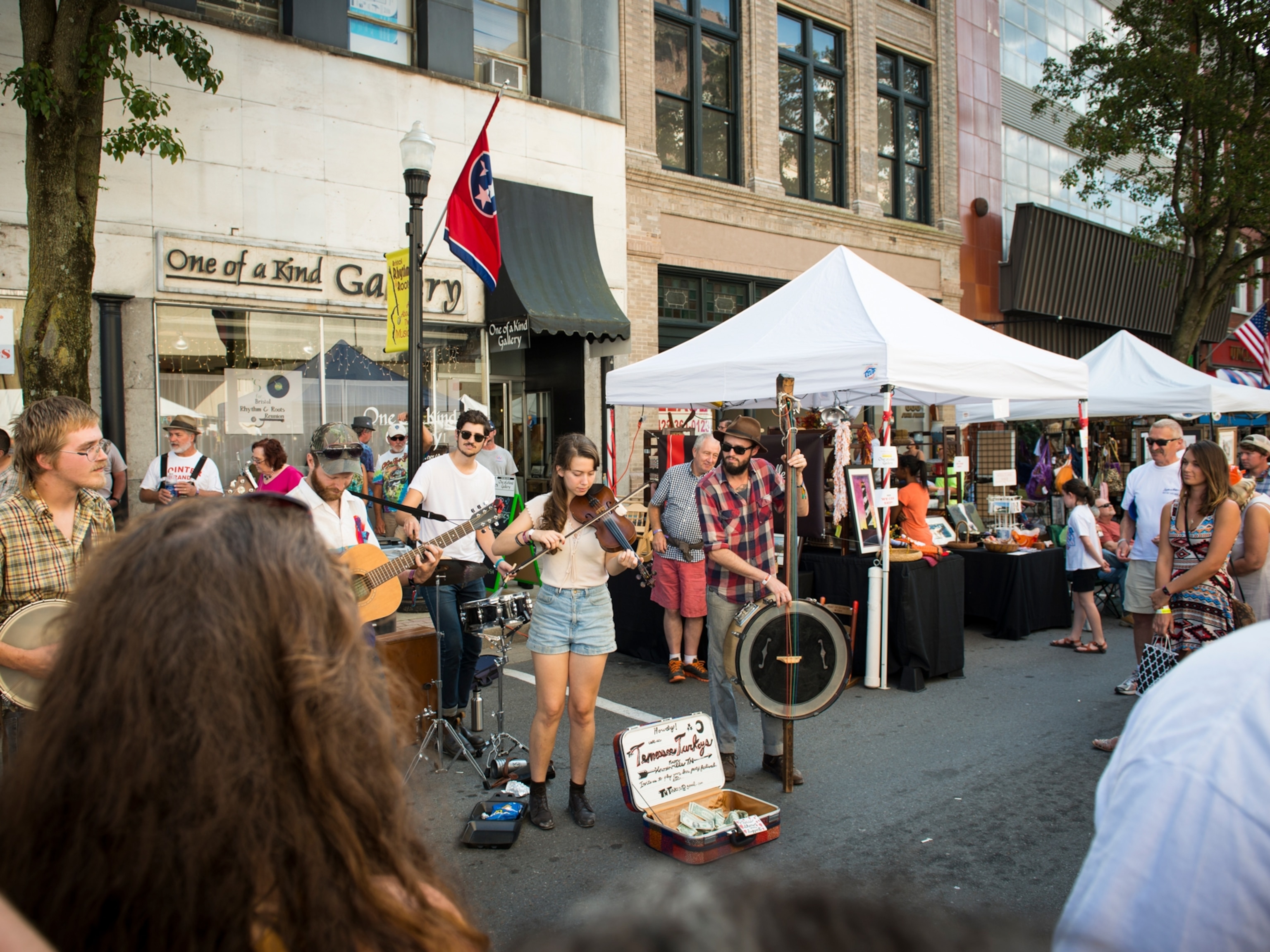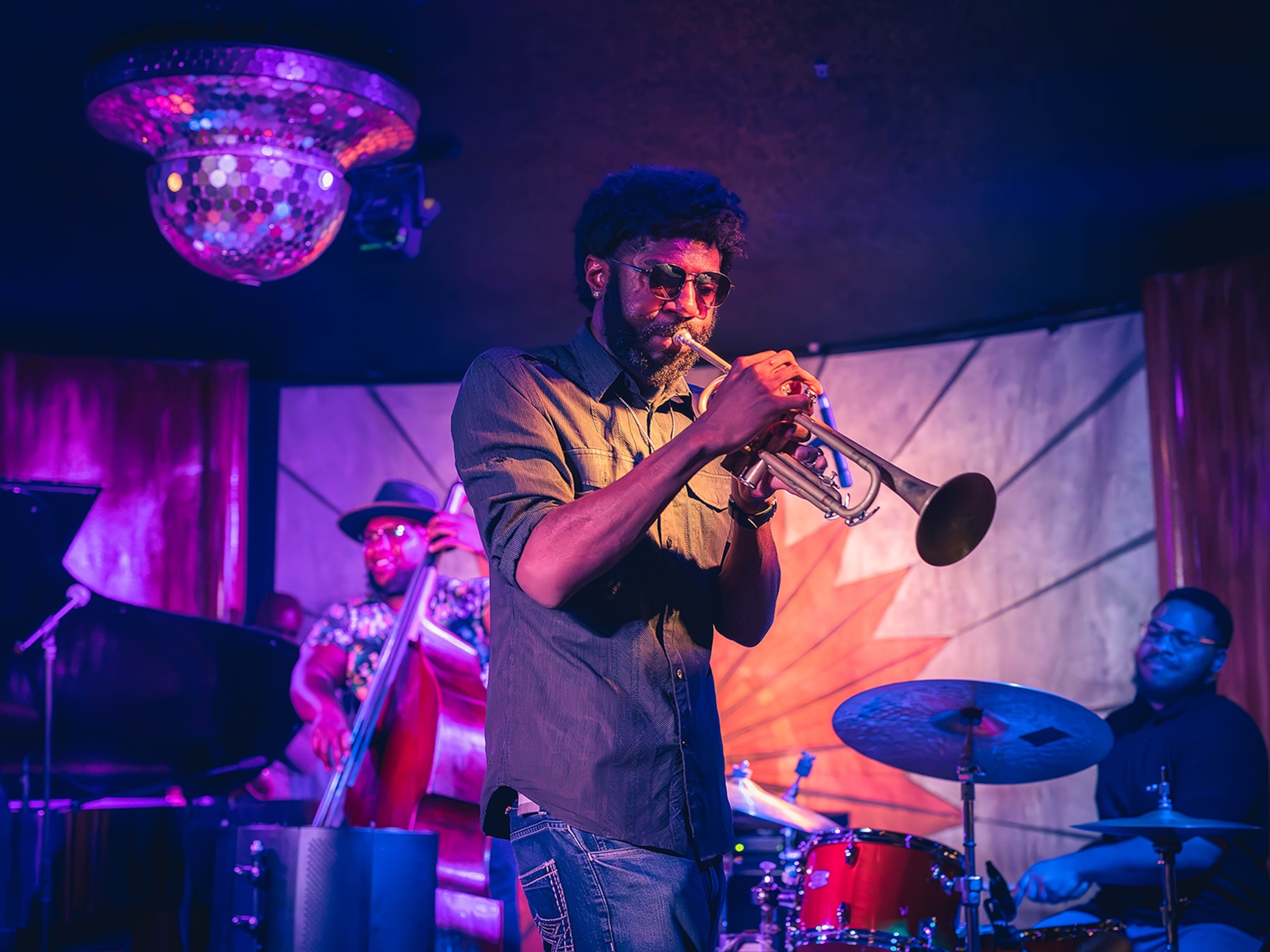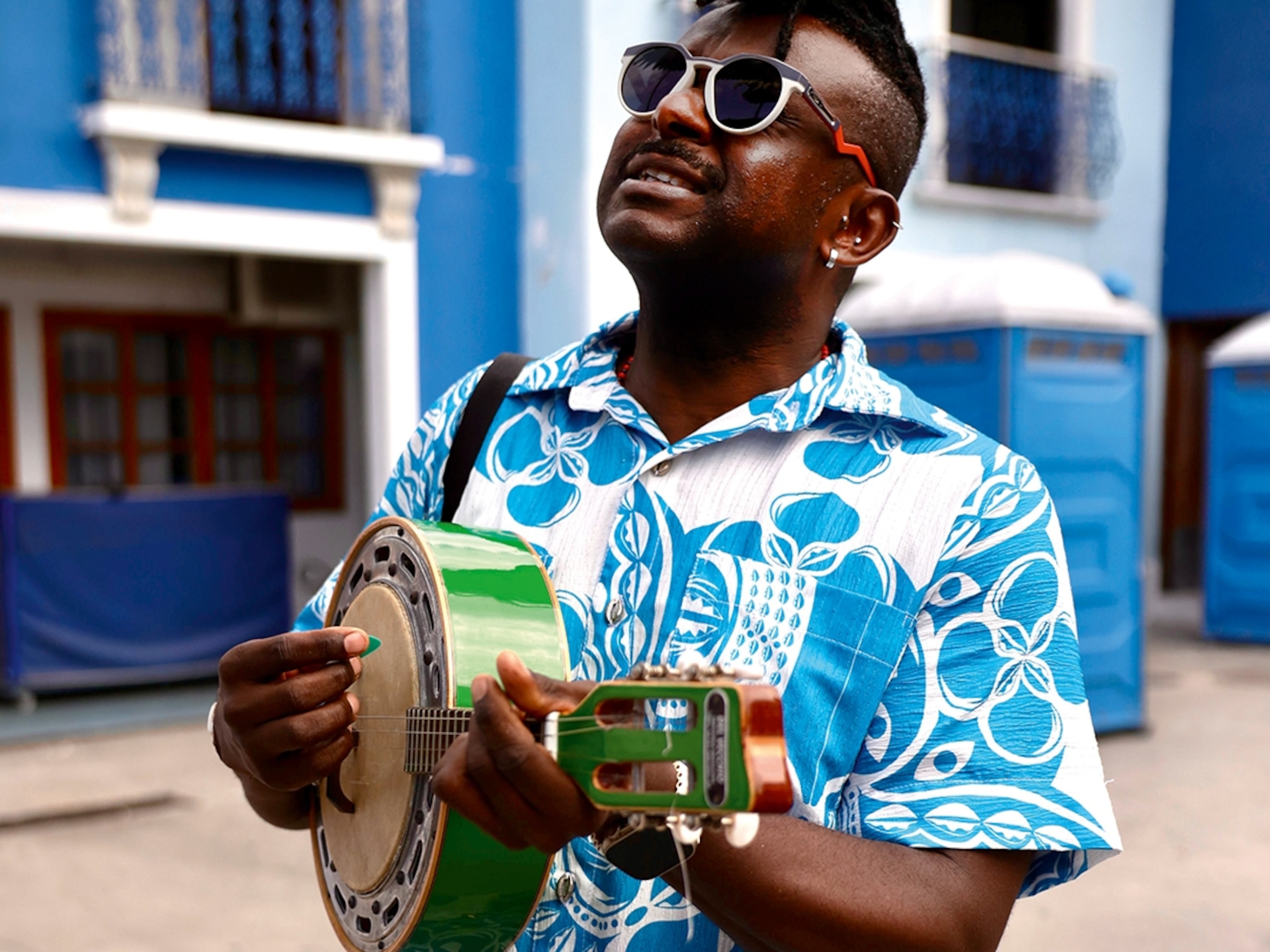
The ultimate itinerary for Beatles fans
Take a musical pilgrimage from London to Liverpool to New York.
The epiphany that I was a Beatles fan came in my early teens, and it was like experiencing one’s first heady taste of ale—I just knew this was something special. Considering I was born three weeks after the release of Sgt. Pepper’s Lonely Hearts Club Band—the album that changed the sound of pop music—and three weeks before the launch of “All You Need Is Love,” it seems I was destined to be a diehard Beatles fan.
When John Lennon was shot I wrote a condolence letter to his widow Yoko Ono, spending all my pocket money on the postage from Sweden to New York; a decade later Paul McCartney played nearby where I lived in Gothenburg, so I volunteered to work at the arena just to get a chance to say “Hello, Goodbye.” When I traveled through India I always thought of George Harrison, a fellow Indophile like myself. I even heard a story from an old hippie in Goa who claimed to have crossed paths with Ringo Starr. They became like my extended family. So, it followed that I should travel with them when I went on my first visit to England.
A stroll down Abbey Road
Topmost on my agenda when I arrived in London was to take the underground to the neat, and outlying Saint John’s Wood. It isn’t named after Lennon, but the station boasts a Beatles-inspired coffee shop, selling the essential “I crossed Abbey Road” badge. Down the road is the legendary Abbey Road Studios, where the Beatles cut many hits, as did icons such as Pink Floyd, Queen, and U2.
But I didn’t see any popstars step out humming a hit, and truth be told it was a fairly anonymous dirty-white building, which was a bit of a let-down. However, the main draw was in front of the studios: to my knowledge, the only zebra crossing that has been bestowed a heritage monument status. Once the tourists in front of me finished taking selfies, I tap danced across like a Beatle gone solo, dodging cars in the manner of a second-rate bullfighter, realizing it would’ve been better to come on a Sunday when London settles down.
Afterwards, I took the tube to Baker Street, and headed to the London Beatles Store souvenir shop—advertising its opening hours as “Eight Days a Week.” Incidentally, in the late 1960s the Beatles themselves ran their own trendy, yet short-lived, Apple Store at 94 Baker Street when they diversified into design, but the venture was a commercial failure.


Magical mystery tour
My next destination was the Marylebone station around the corner from Baker Street, which features in the opening sequence of the 1964 movie, A Hard Day’s Night. It was also where Liverpool trains terminated, making it the Beatles’ entry point to London. As I walked about, I got the feeling that almost every other building had something to do with them. Not far from the station, Starr rented an apartment at 34 Montagu Square, where Yoko Ono and Lennon lived one summer. The blue heritage placard sits high up on the wall so that no souvenir-hunter can nick the marker of the abode where the nude cover photo for Lennon’s first solo album Two Virgins (1968) was made.
The headquarters of Apple Records, the label they started at 3 Savile Row, is long gone, yet I wasn’t the only fan gawking at the rooftop. It was there the concert movie Let It Be was filmed during the Beatles’ last public performance on a cold January day in 1969. The spectacle irritated neighbors so much that they called the bobbies, who ended the historical event unceremoniously. But at least they won an Academy Award for best original soundtrack.
While both Lennon and Harrison have moved on to the big studio in the sky, one might spot Sir McCartney outside his offices in Soho Square. It’s a discreet building, but keep an eye out for the “mpl” over the glass doors (McCartney Productions Limited), the company that holds his copyrights. I also sauntered past 7 Cavendish Avenue, where Macca has lived since the 1960s, with high hopes he might step out for a quick puff of his once-preferred herb. And, of course, I tracked down the address where actress Jane Asher used to live, whom McCartney dated before marrying Linda Eastman. Once when he slept over at her place on 57 Wimpole Street, he woke up ravenous and came up with a song called Scrambled Eggs. The melody was great but the lyrics needed an overhaul, so he rewrote it as Yesterday—which remains one of the most covered songs in the world.
I didn’t have time to go to the British Library, where Lennon’s handwritten lyrics for Strawberry Fields Forever are on display, nor the rock and roll museum at the Old Park Lane branch of Hard Rock Cafe that preserves Lennon’s specs—Liverpool beckoned. As I squinted out at the foggy British landscape from the coach window, I thought back on my years of Beatlemania.
Across the universe
One of its most extreme moments was in Athens, Greece, where I found the band’s sandal maker near Monastiraki Square and bought exactly the same footwear that Lennon had (I even wore them as I wrote this piece). On my first trip to India in the early 1990s, I immediately checked out the Rikhi Ram & Sons shop at Connaught Place, Delhi, where Harrison bought a sitar, sarod, and tanpura to use on Beatles’ recordings, before I headed to Rishikesh where they meditated in 1968. In Mumbai, I snuck into the Taj Mahal Palace hotel where, in 1966, Harrison took sitar classes from Ravi Shankar. The hotel has since renamed his room “The Ravi Shankar Suite,” though before I could get a peek inside the security promptly threw me out as I was dressed too much like a hippie Beatle myself. On that trip, Harrison also visited the actual Taj Mahal in Agra to take an iconic selfie.
On my maiden U.S. trip, later in the 1990s, I made sure to land at JFK. rather than Newark because that was where the four first set their eight feet on American soil in 1964 and went on to hold a hilarious airport press conference. Their U.S. debut concert was at Carnegie Hall, followed by a TV broadcast from the Ed Sullivan Theater on 1697 Broadway, watched by one quarter of the American population. I certainly went to Madison Square Garden, where Lennon performed live for the last time ever in 1974 (in a concert with Elton John). My NYC walk ended at 72nd Street, at the corner of Central Park West, where he used to live in an apartment building among celebrity neighbors, such as actress Lauren Bacall and composer Leonard Bernstein. It was at the entrance that Lennon was shot by a troubled fan as he returned from a late-night studio session. The three-acre Strawberry Fields memorial garden, nearby in Central Park, pays tribute to the musician.
All you need is Liverpool
Happier days awaited in Liverpool, so I took a bus to the Woolton suburb riddled with places reminiscent of the Beatles. On 251 Menlove Avenue, I tracked down Lennon’s childhood home, Mendips—a 1930s, semi-detached villa now owned by the U.K.’s National Trust. As a child, he played guitar on the porch and amused himself at the nearby Strawberry Field orphanage. The McCartney family home on 20 Forthlin Road is also managed by the trust. Other hotspots include Penny Lane and the parish church where Lennon–McCartney originally teamed up in 1957 (and where a woman named Eleanor Rigby lies buried).
I left the quiet neighborhood and headed to where the pre-Beatlemania action actually happened—downtown Liverpool. The harbor town has certainly capitalized on its Beatles connection with Magical Mystery bus tours and the Hard Day’s Night Hotel; additional sites include include a fancy replica of the Cavern Club (the original was demolished).
I opted to down a pint at the not-so-glamorous Jacaranda on Slater Street, where they performed before their breakthrough—in the crammed basement there are murals painted by the the Beatles’ original bassist Stuart Sutcliffe. One profile on the wall looked like Lennon’s face. In fact, I drank at every pub with the slightest association with them: The Grapes on Mathew Street, where they had pints before heading to the Cavern Club; Ye Cracke on Rice Street is where Lennon and Cynthia (his first wife-to-be) had their first date; The Pilgrim on Pilgrim Street is famous for some Beatle thing or another; and Philharmonic on Hope Street was the snazziest of their local hangouts.
These pubs, which seem to have remained unchanged throughout the ages, brought me closer to them than the official Beatlemania tourism industry did—the only drawback is that a diehard fan doing all the Beatles-pubs needs a bladder the size of Liverpool’s harbor.
- National Geographic Expeditions

